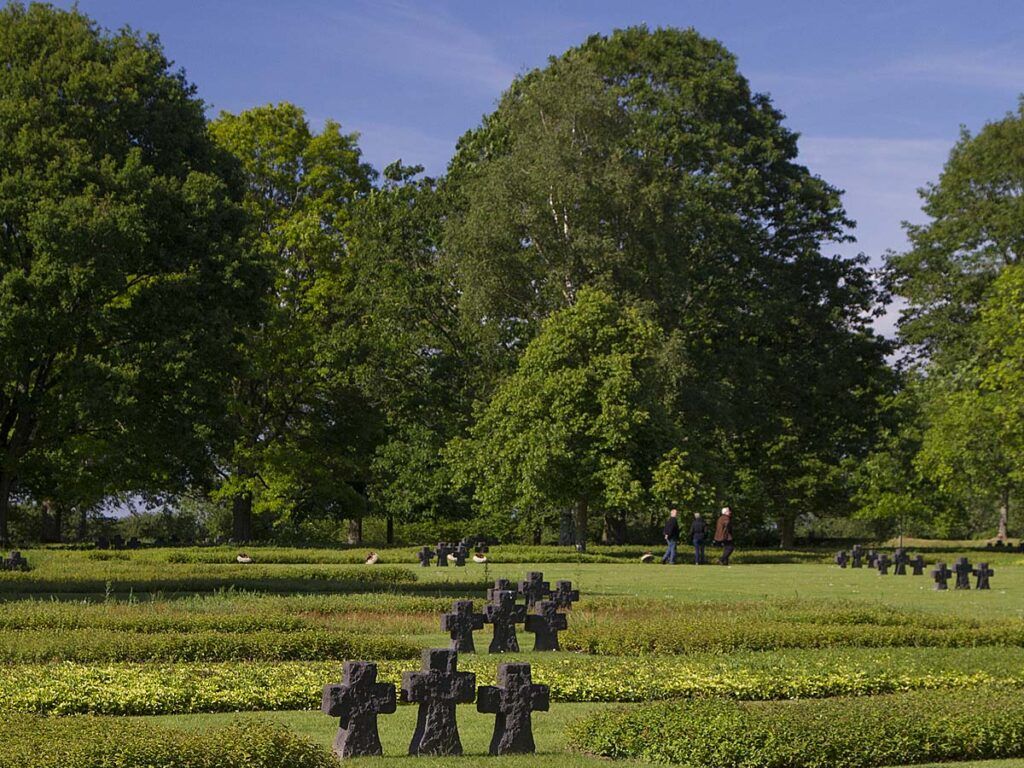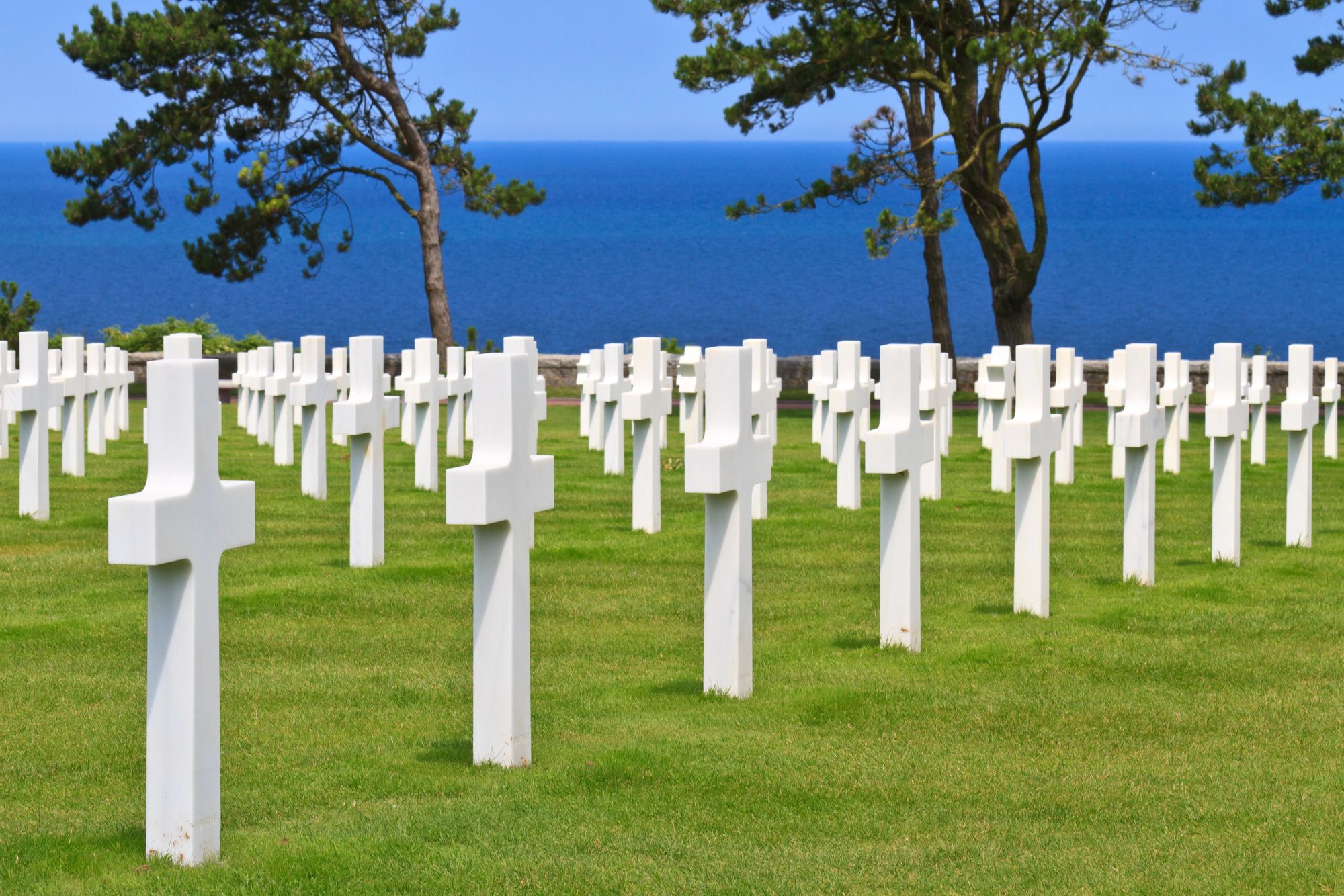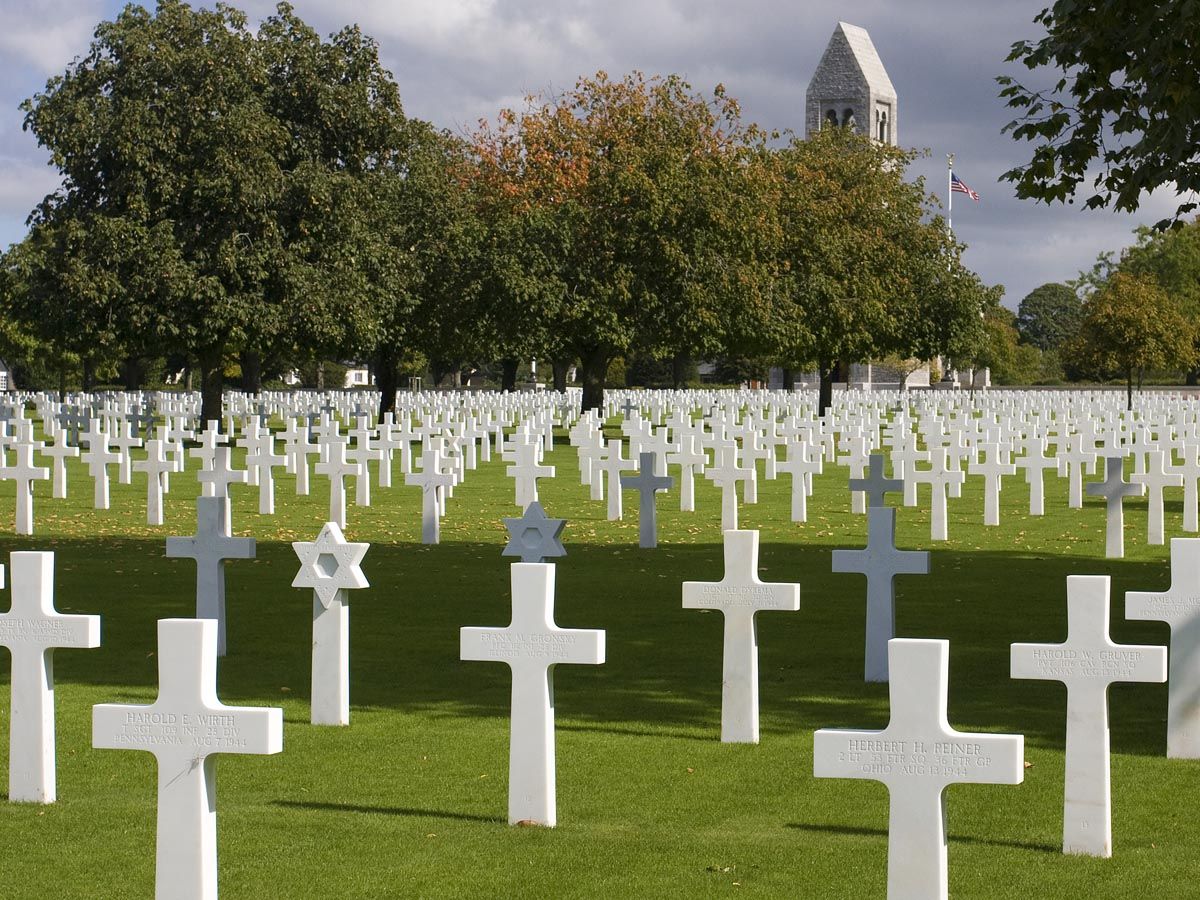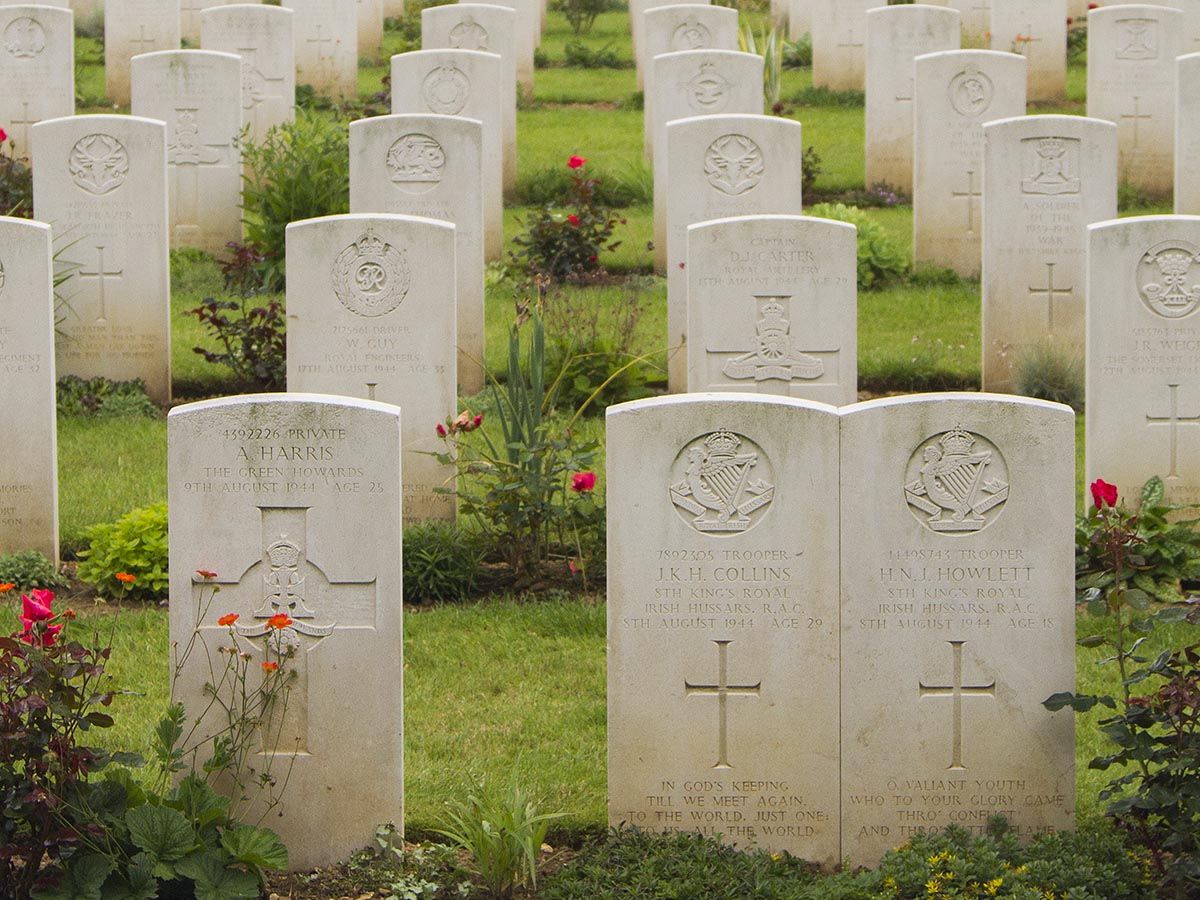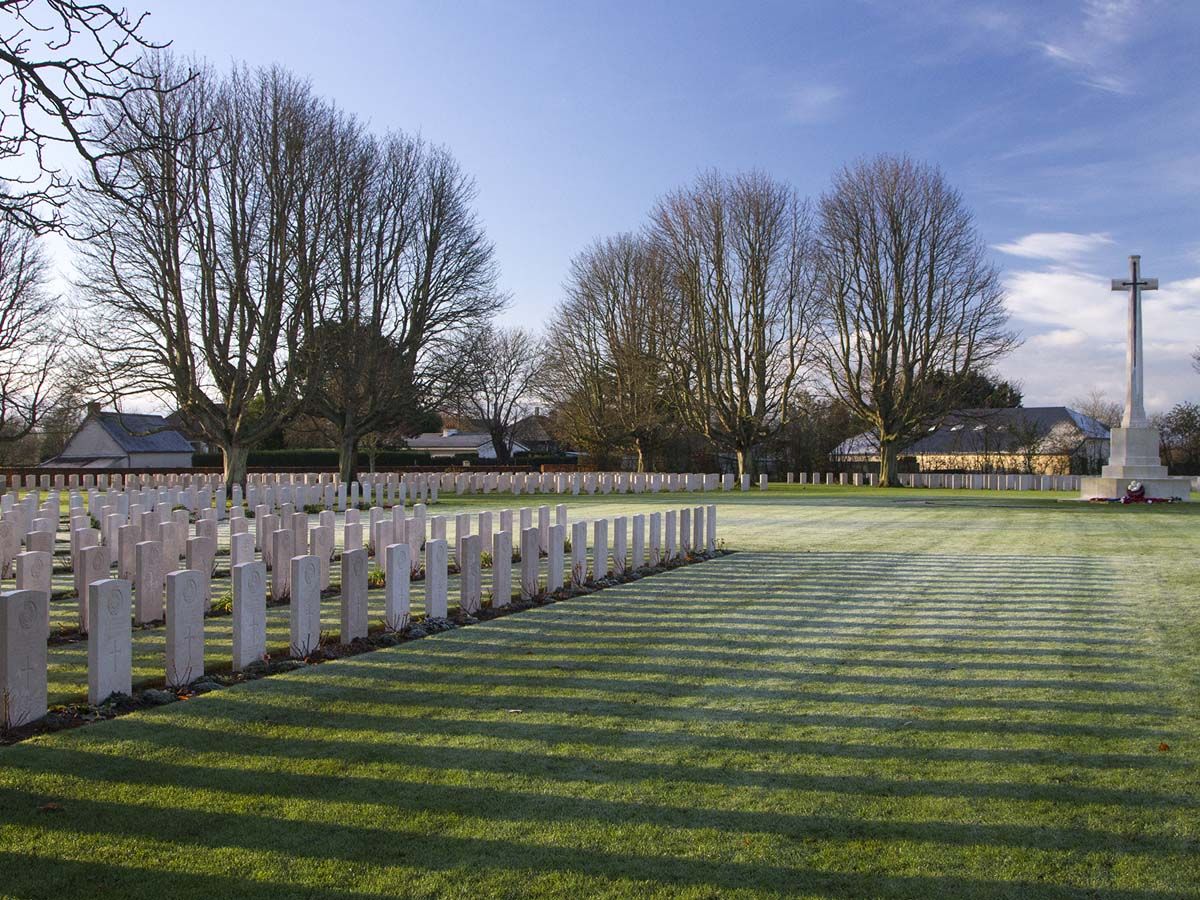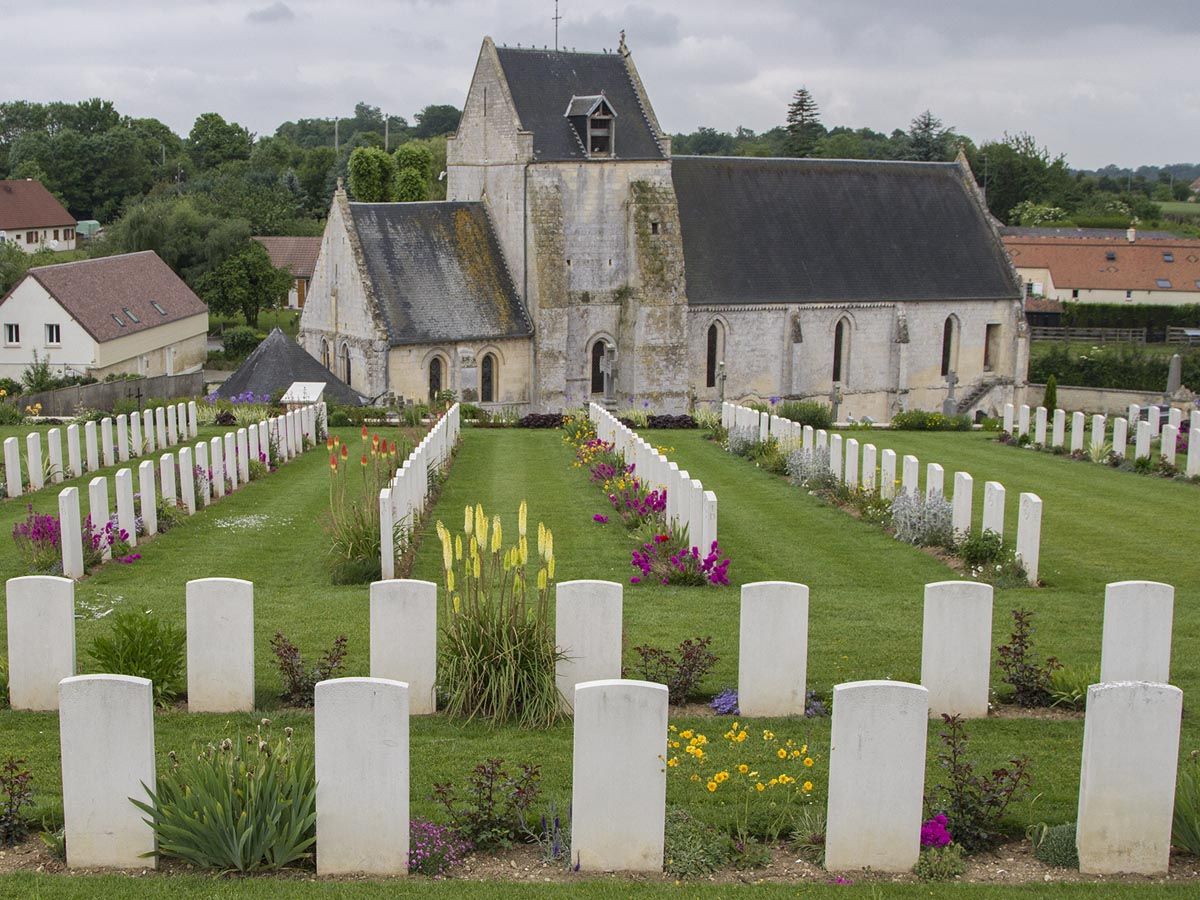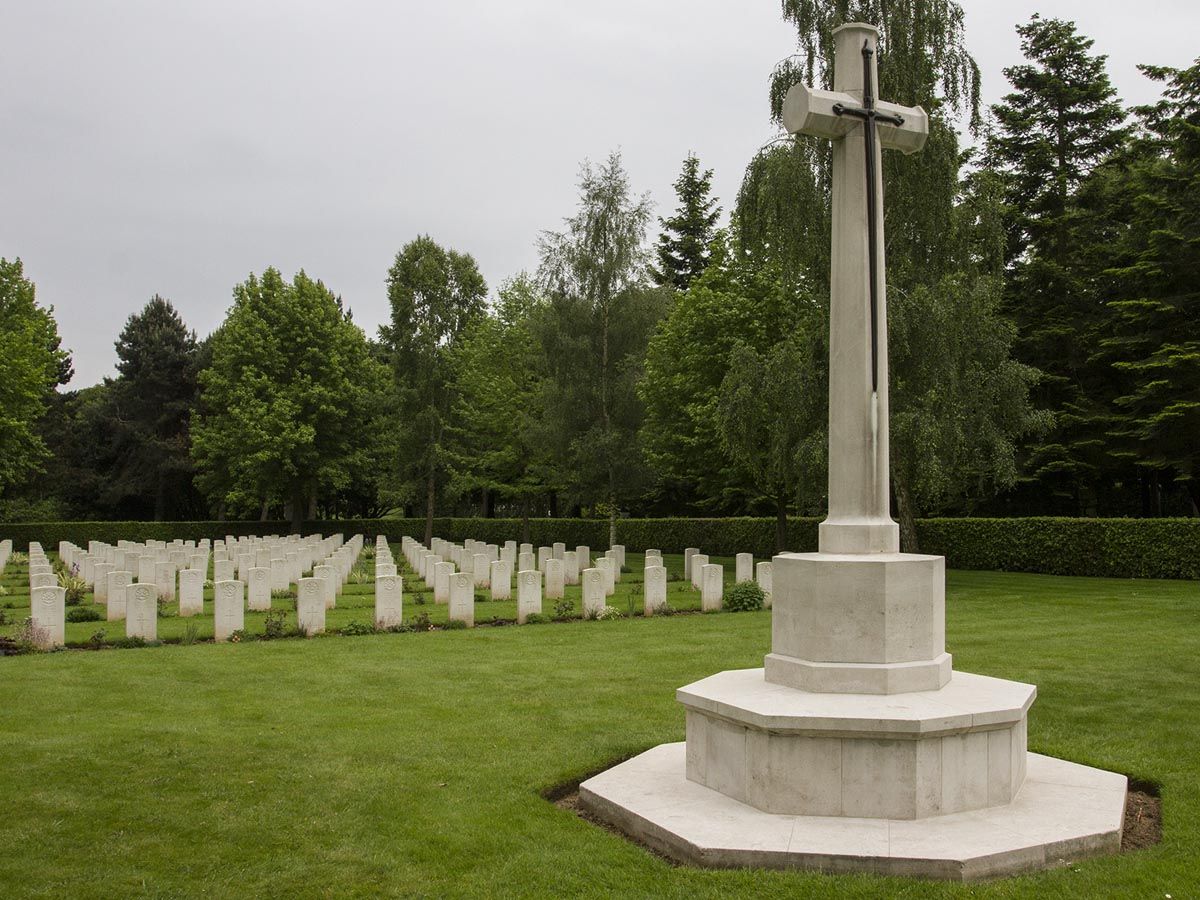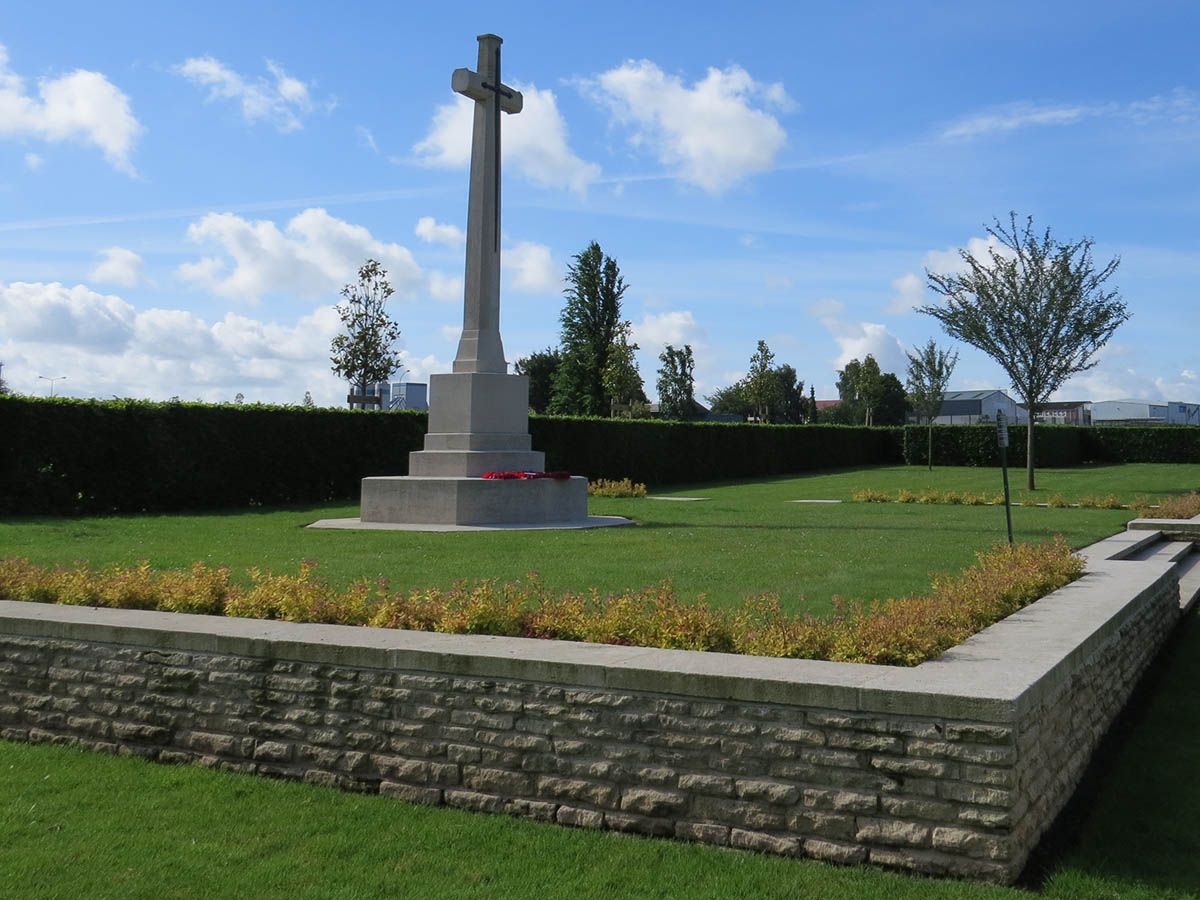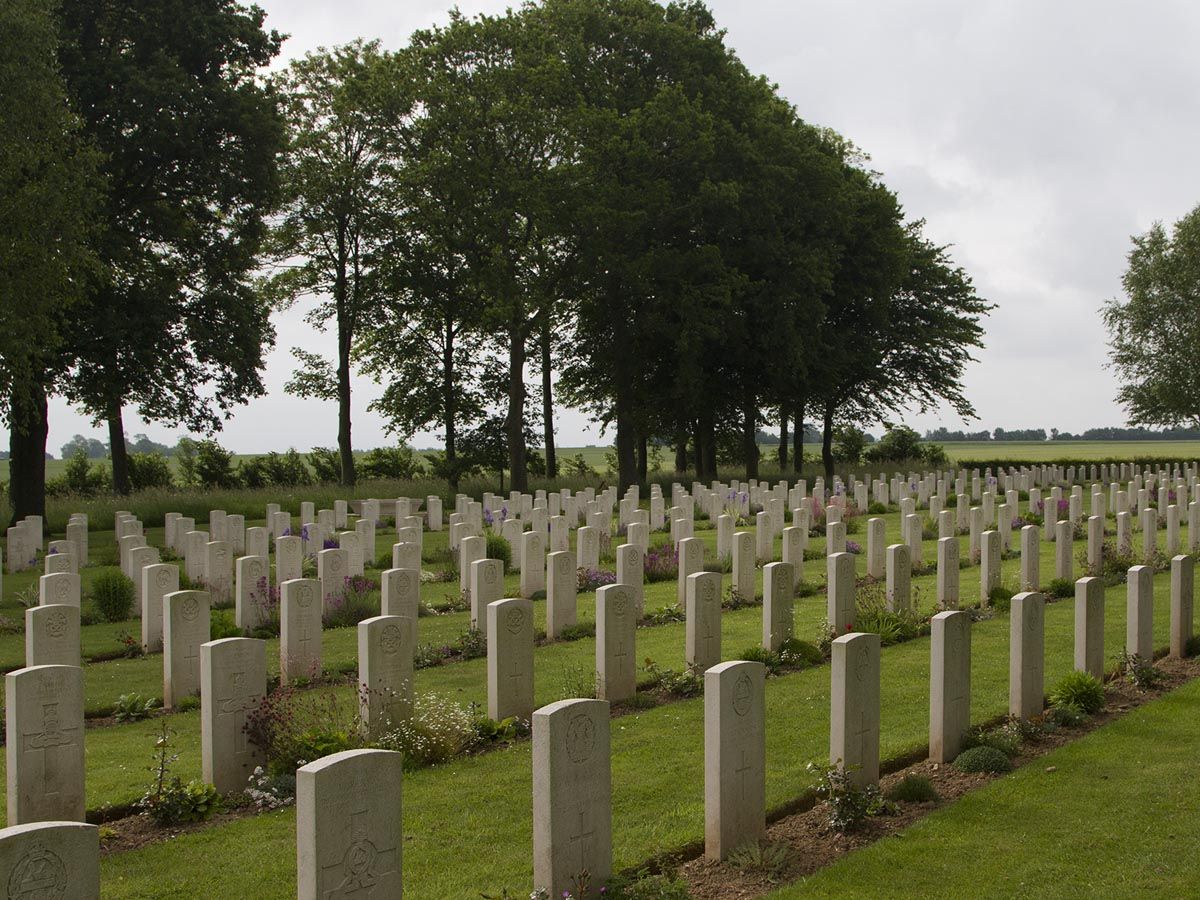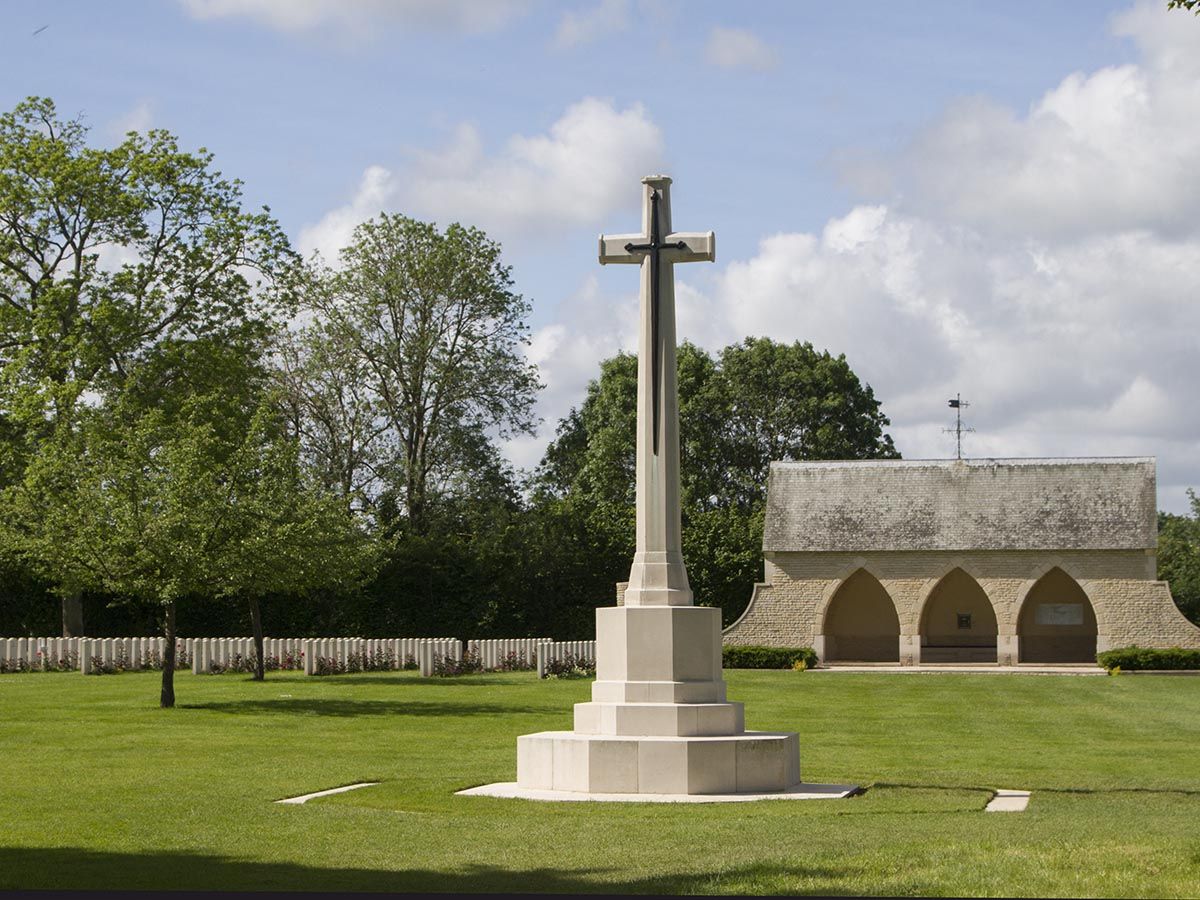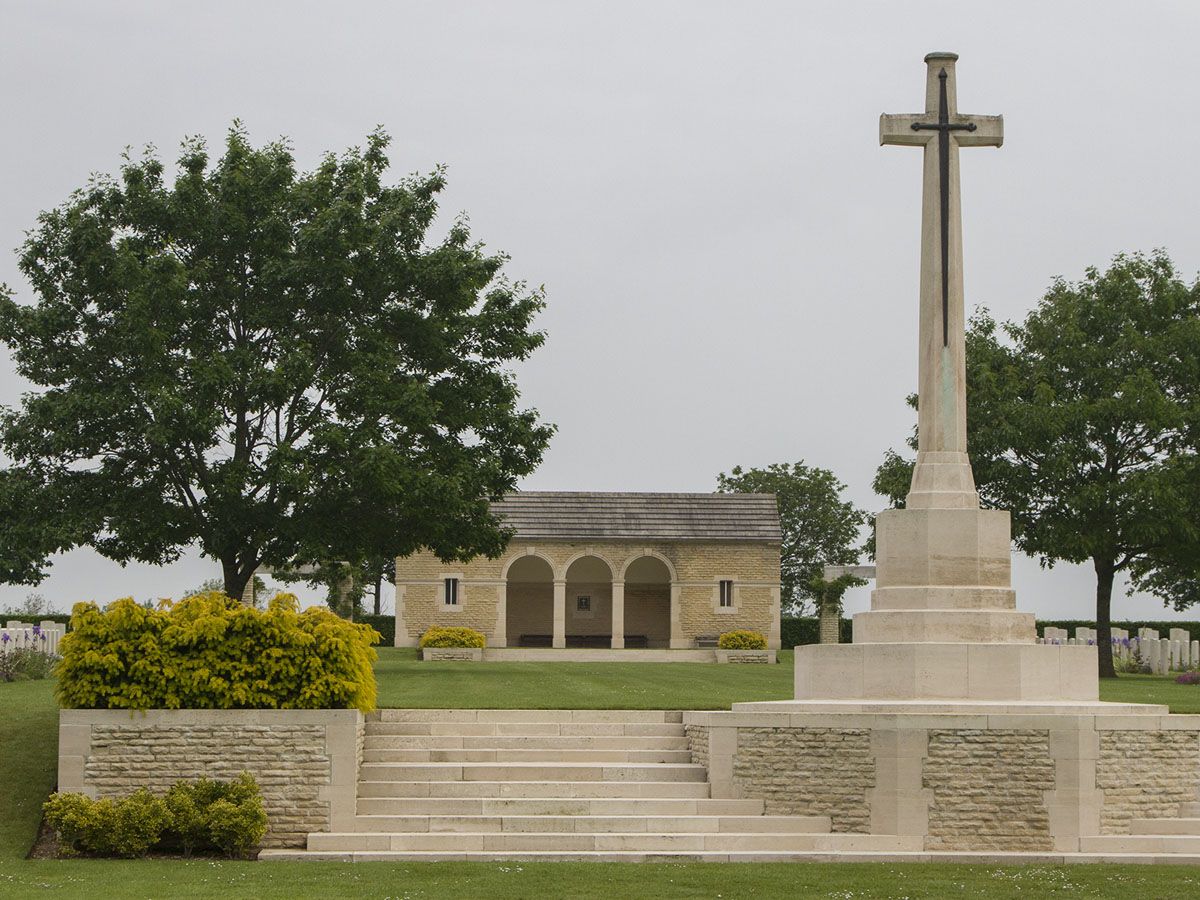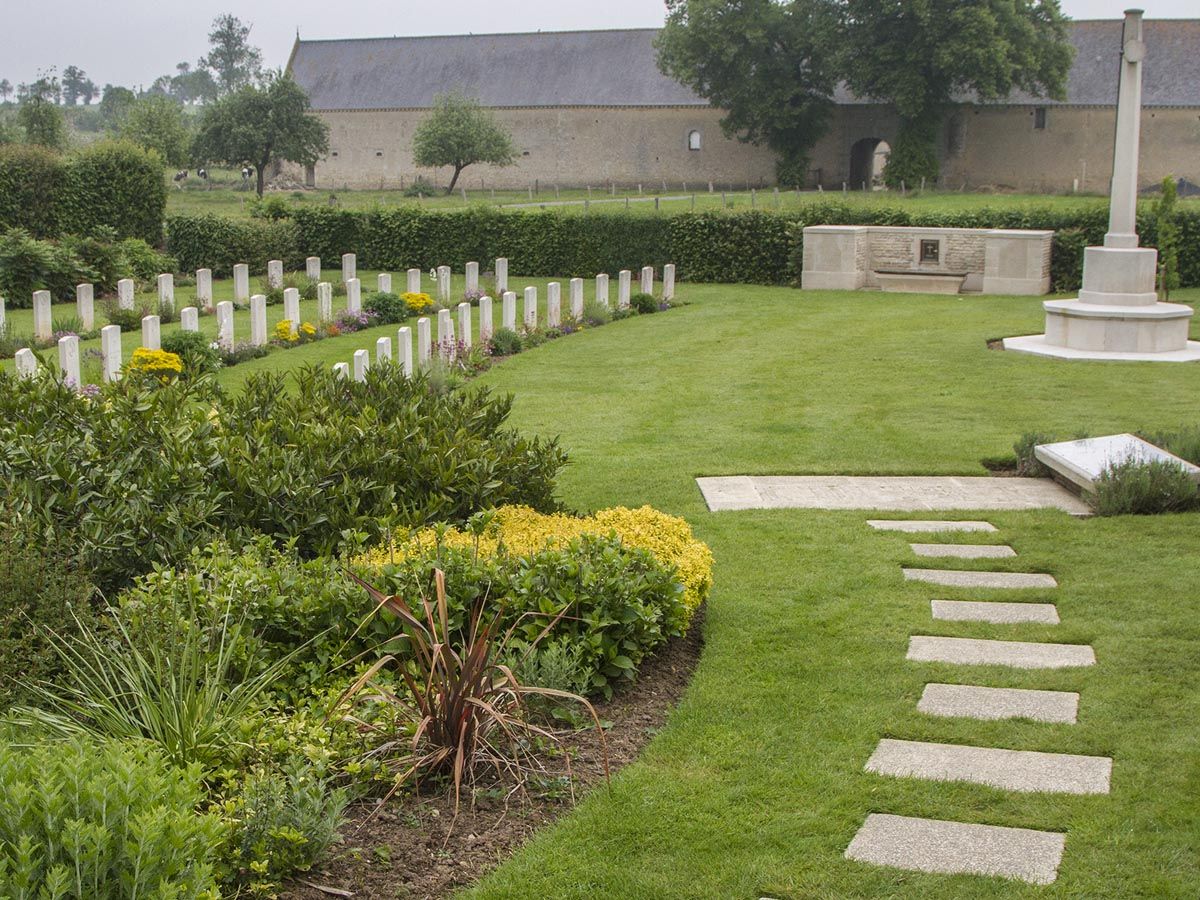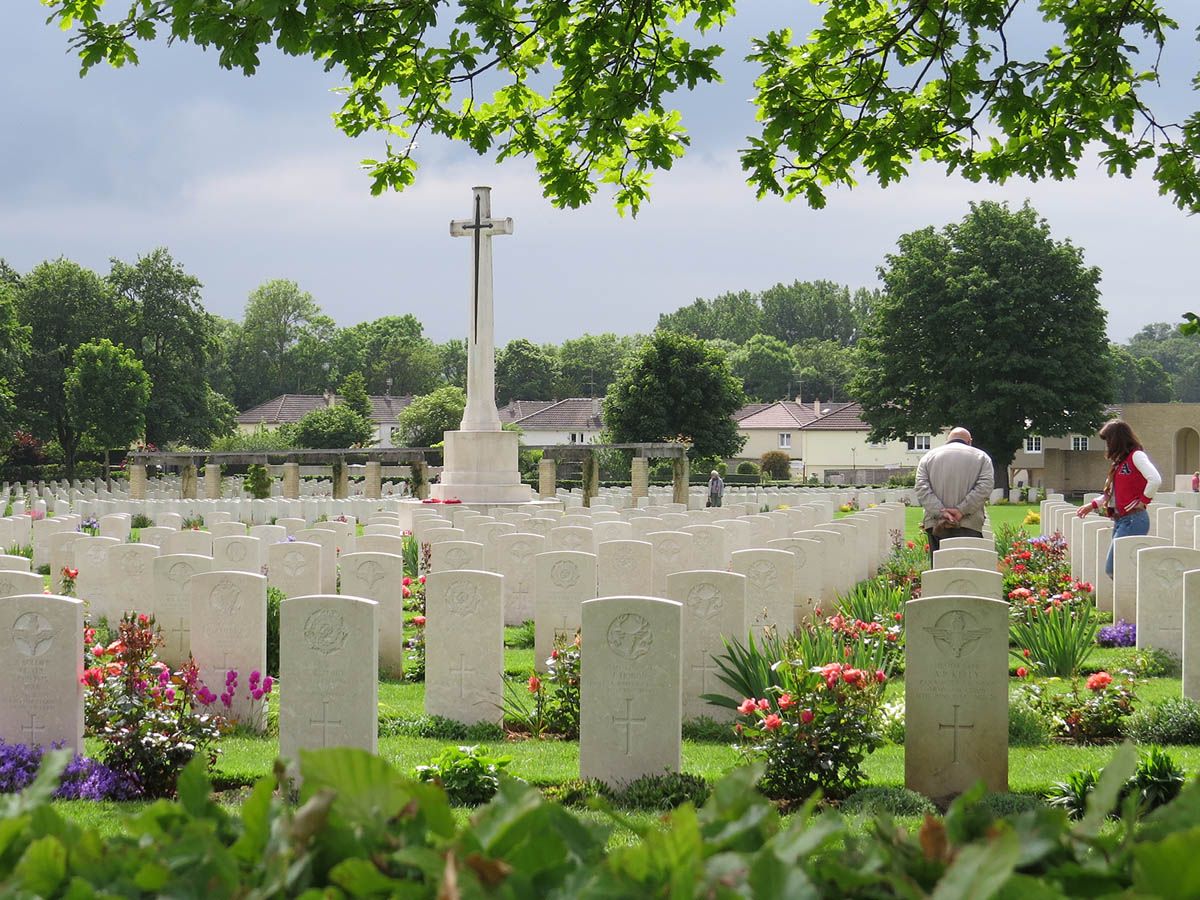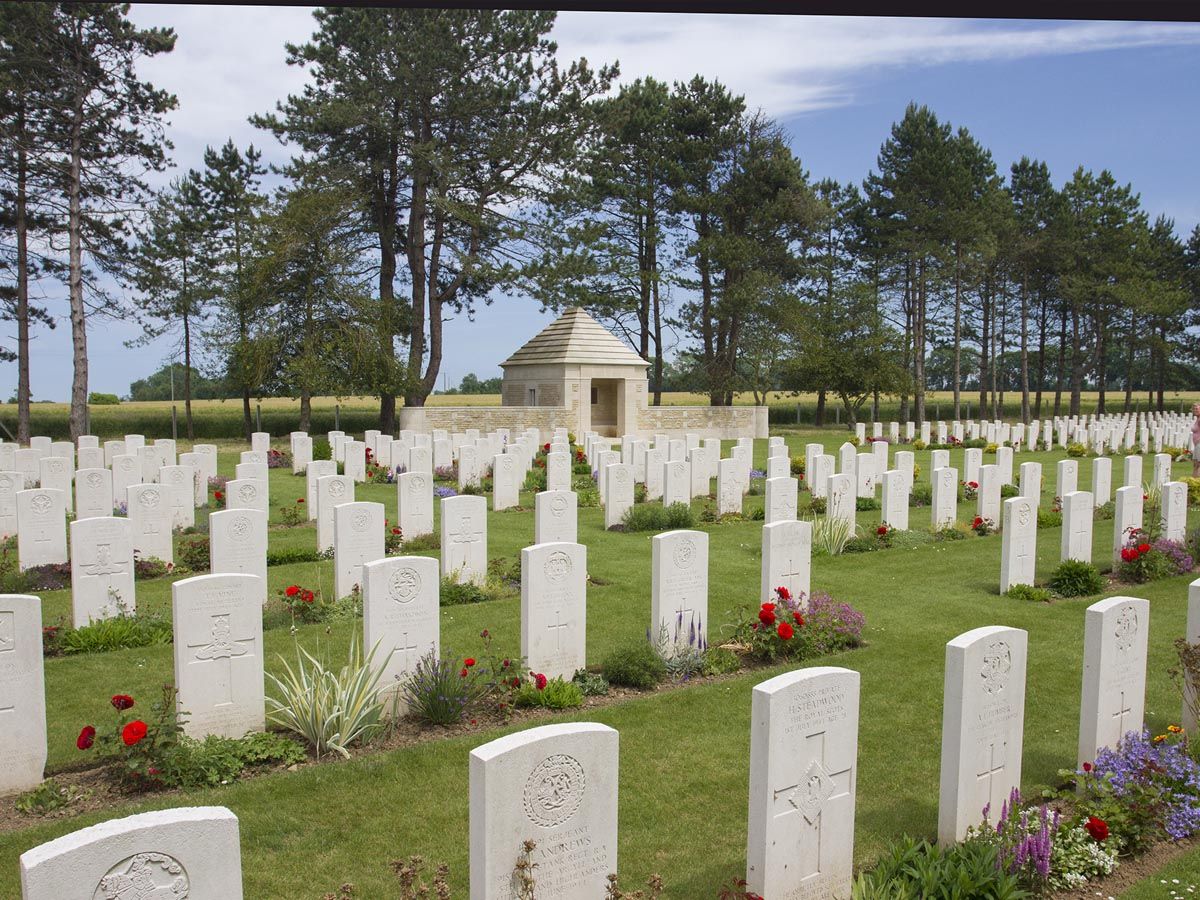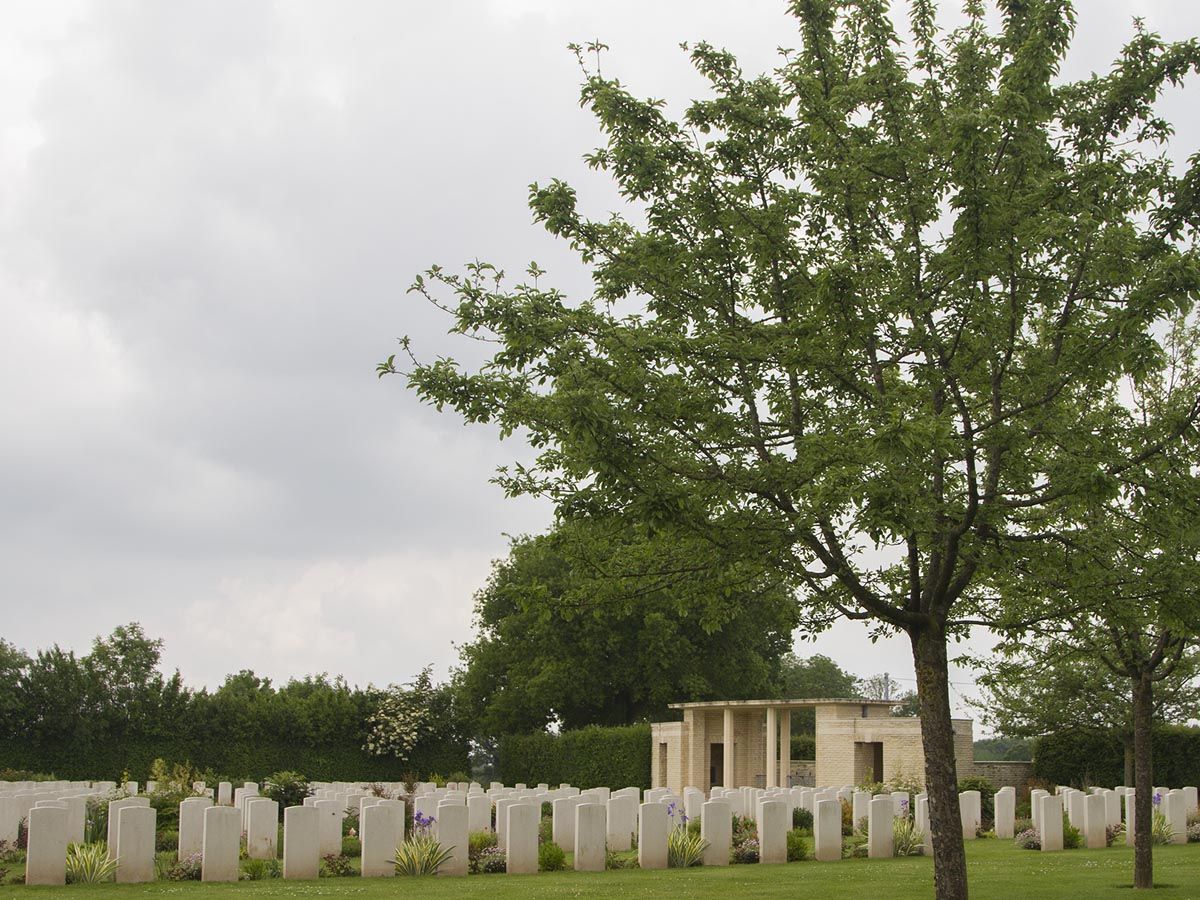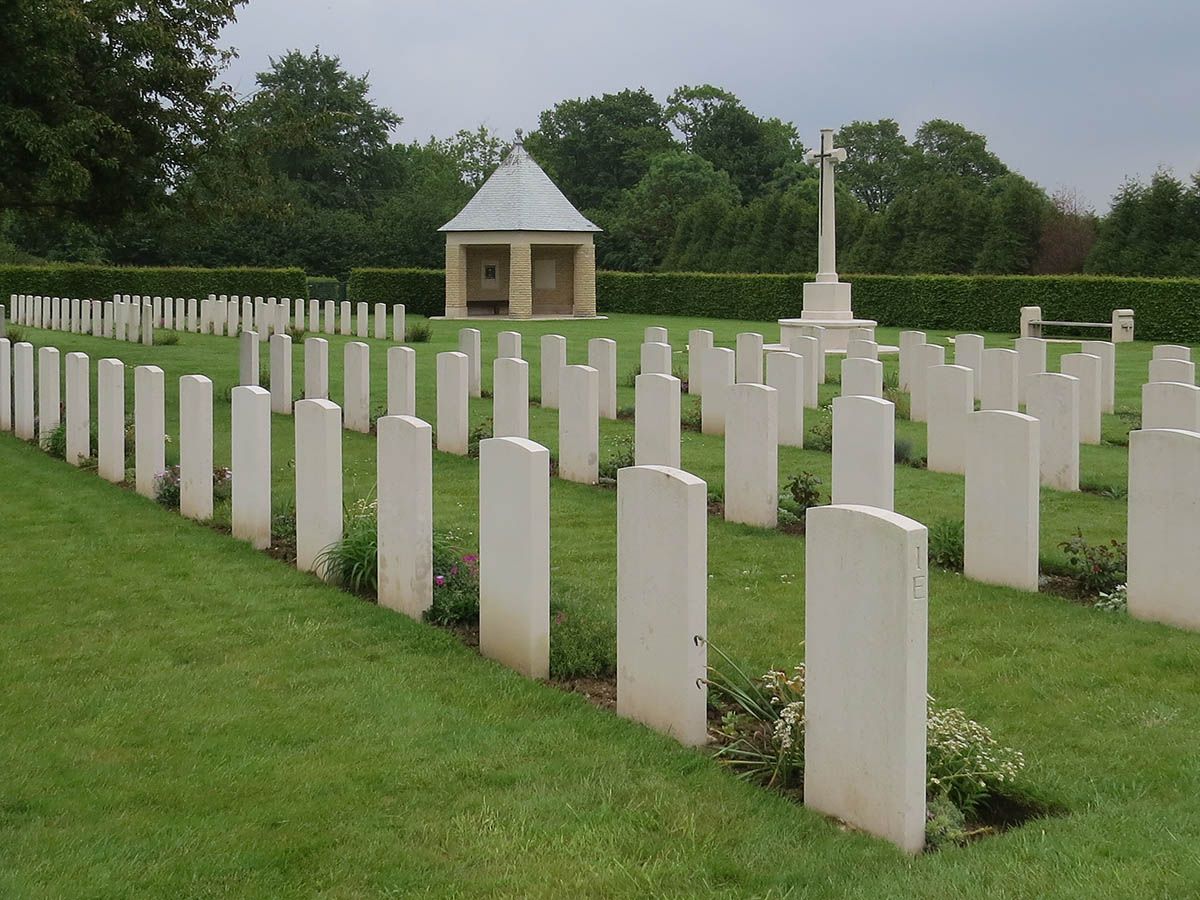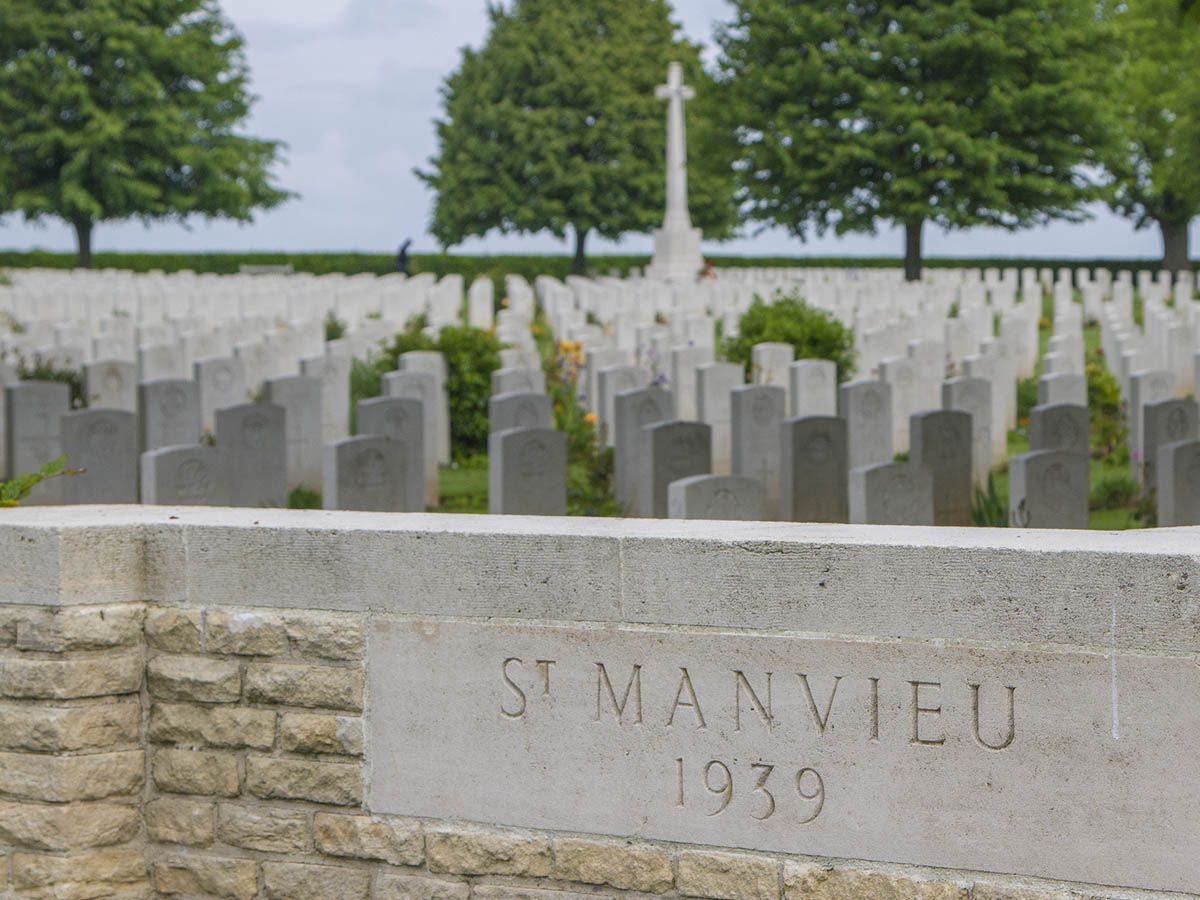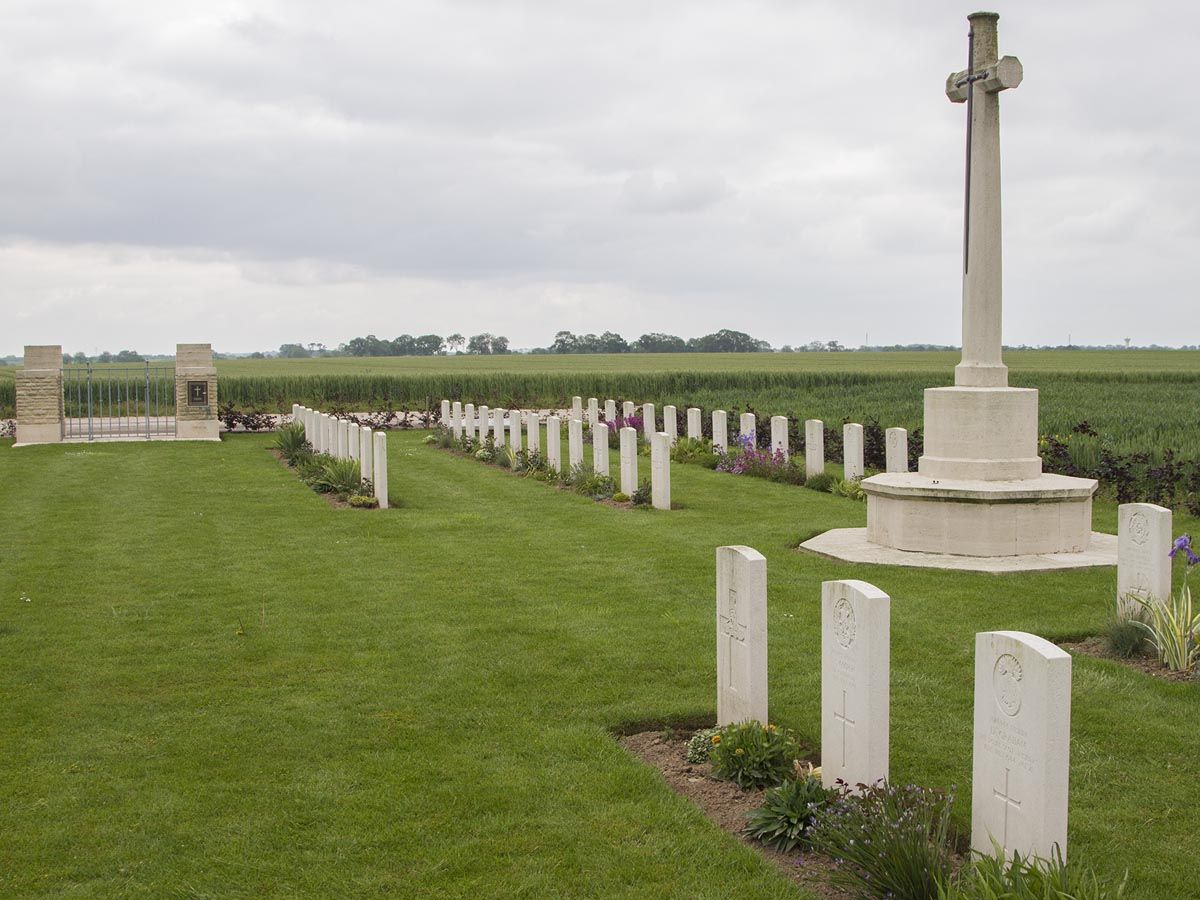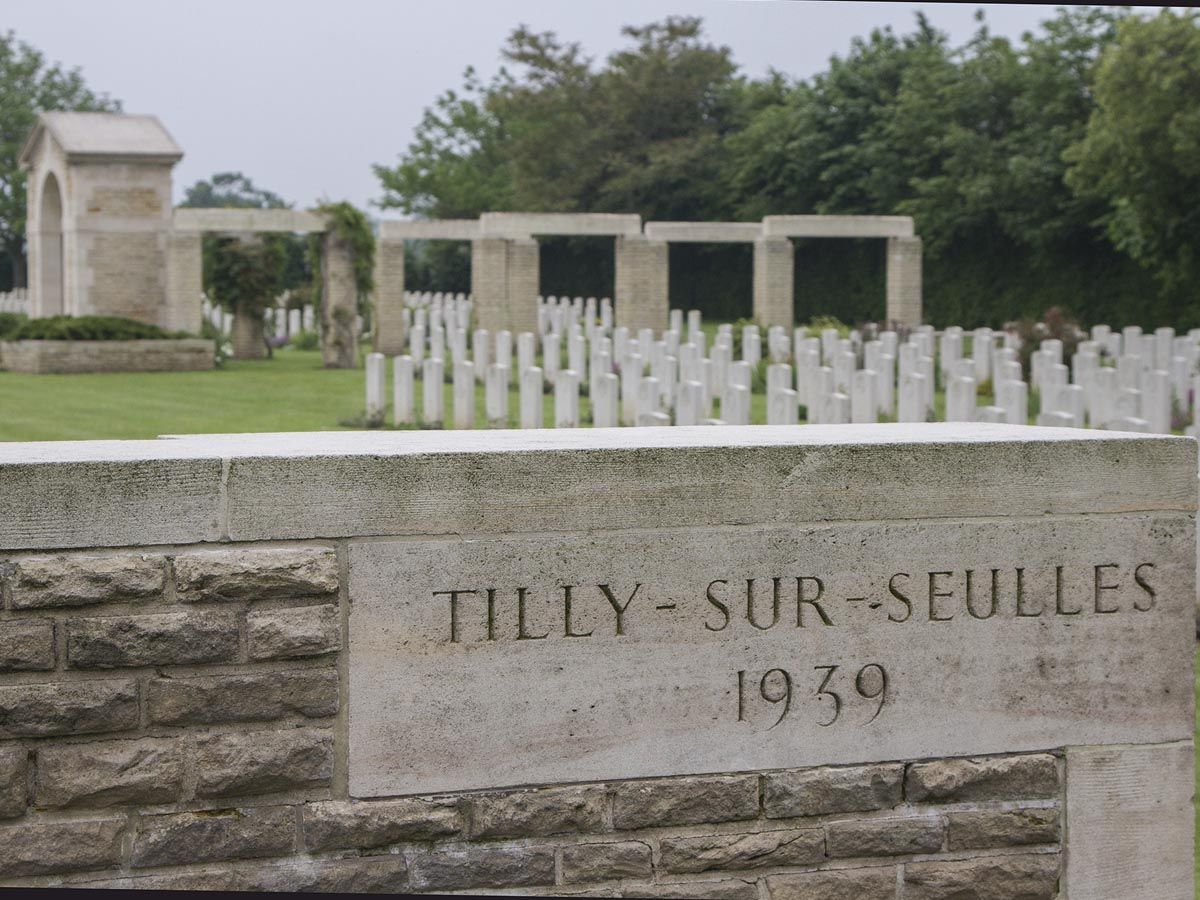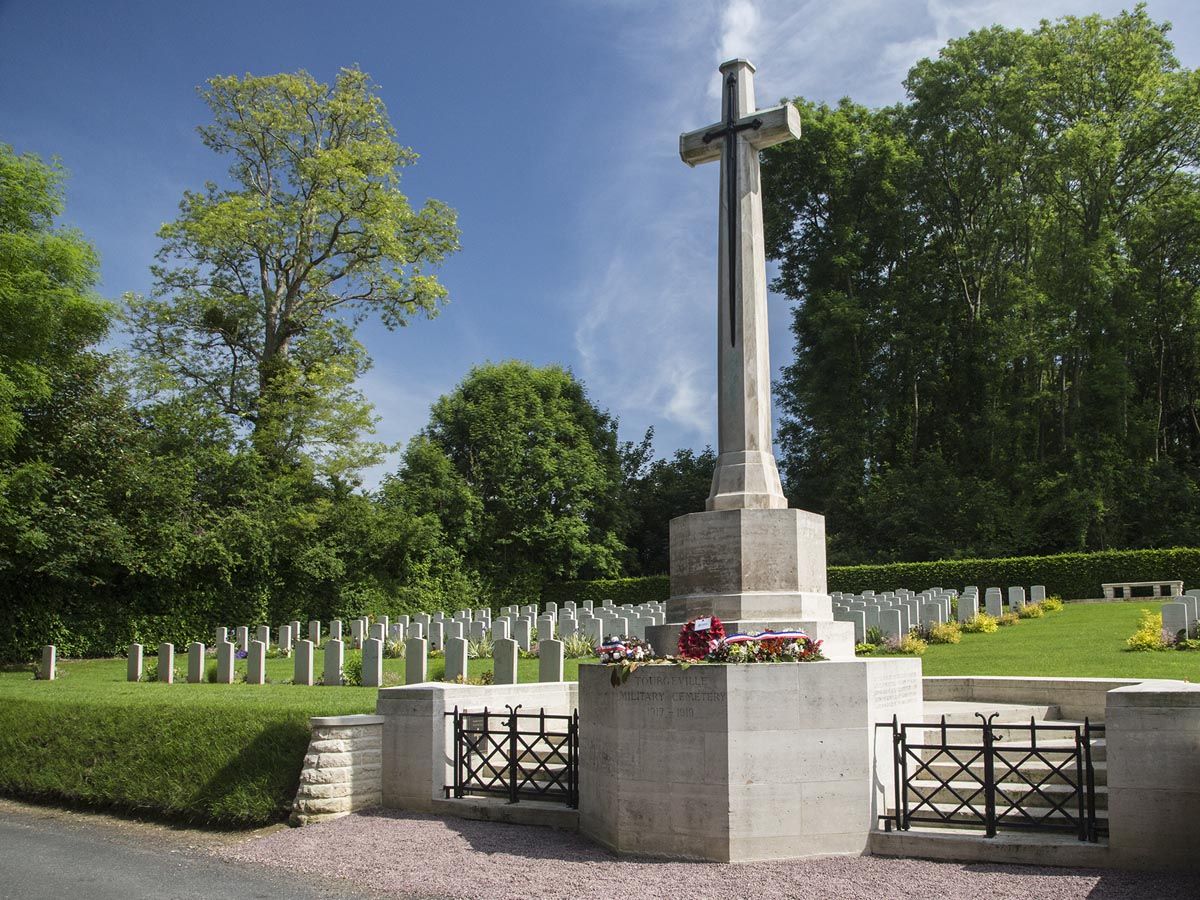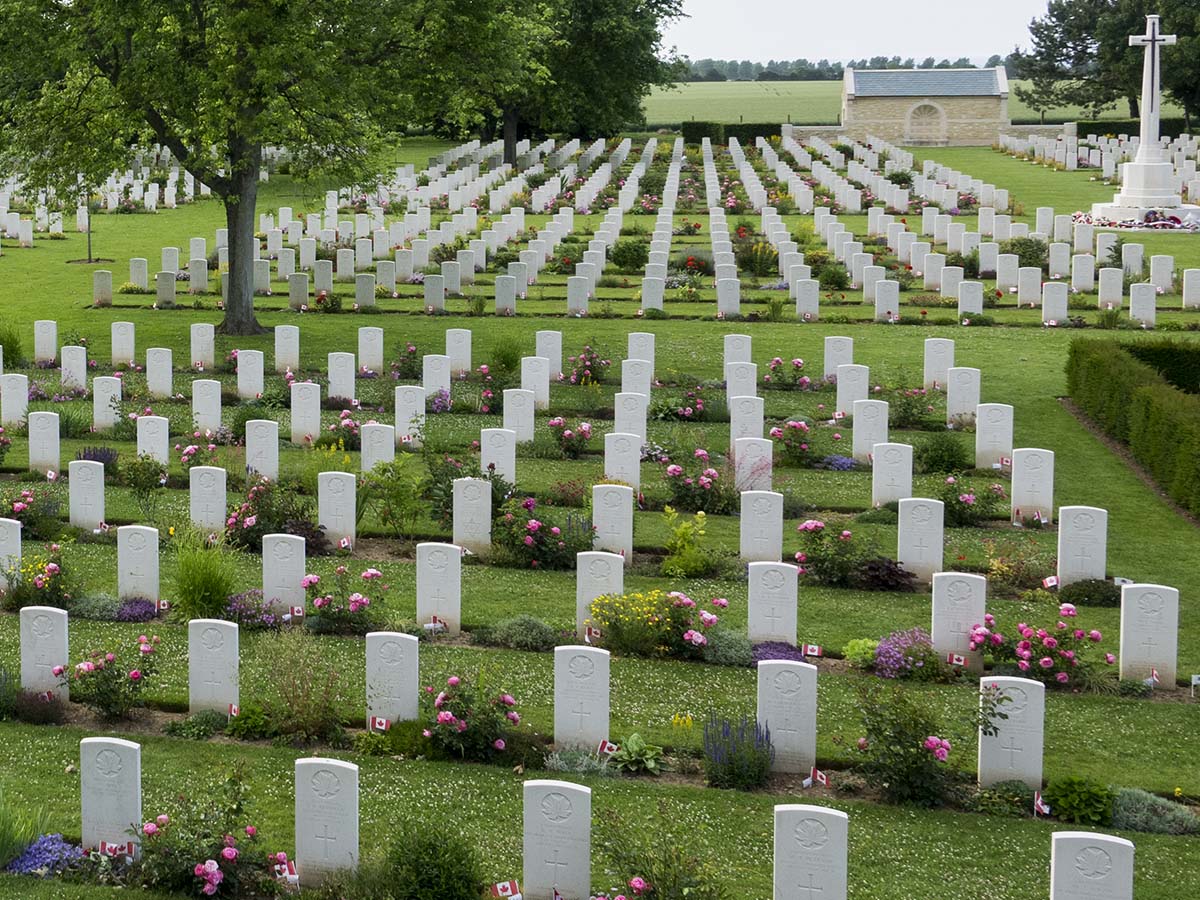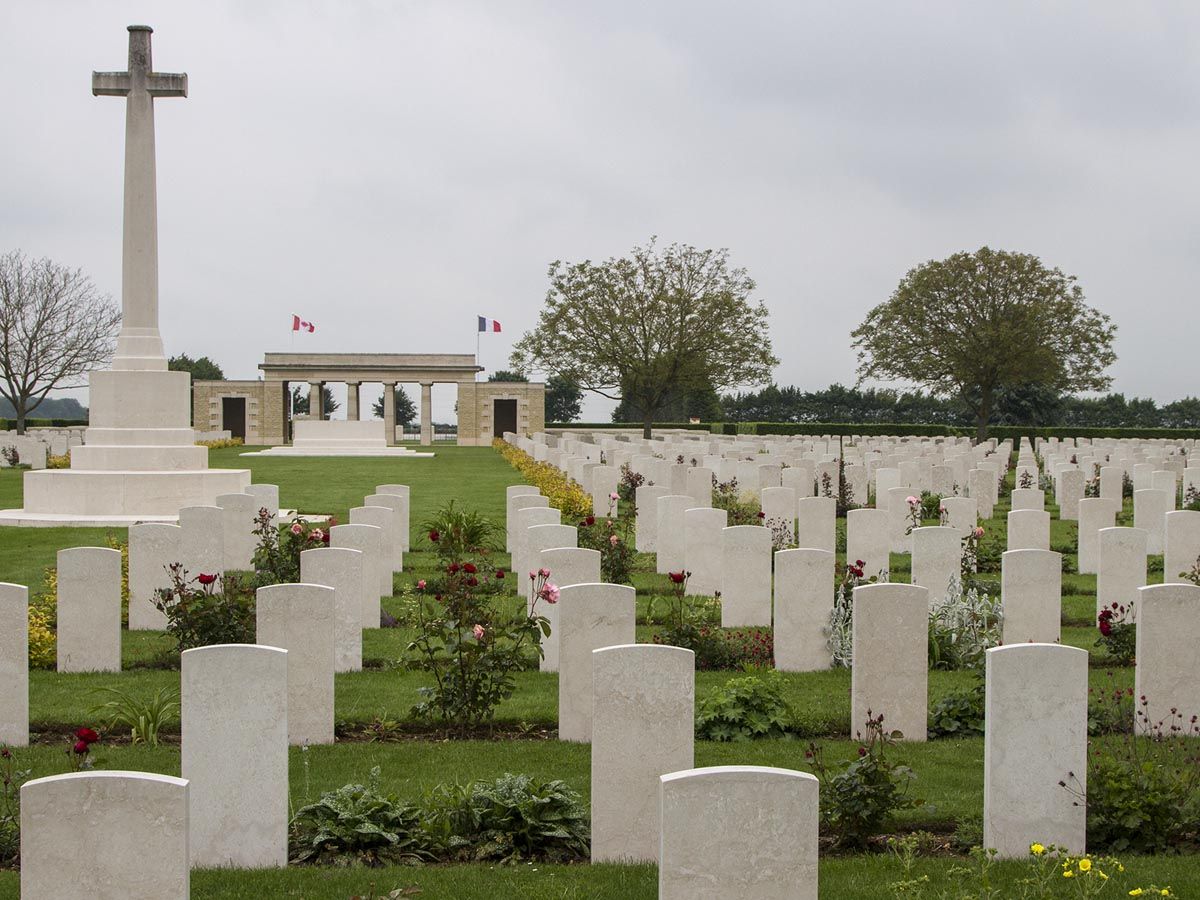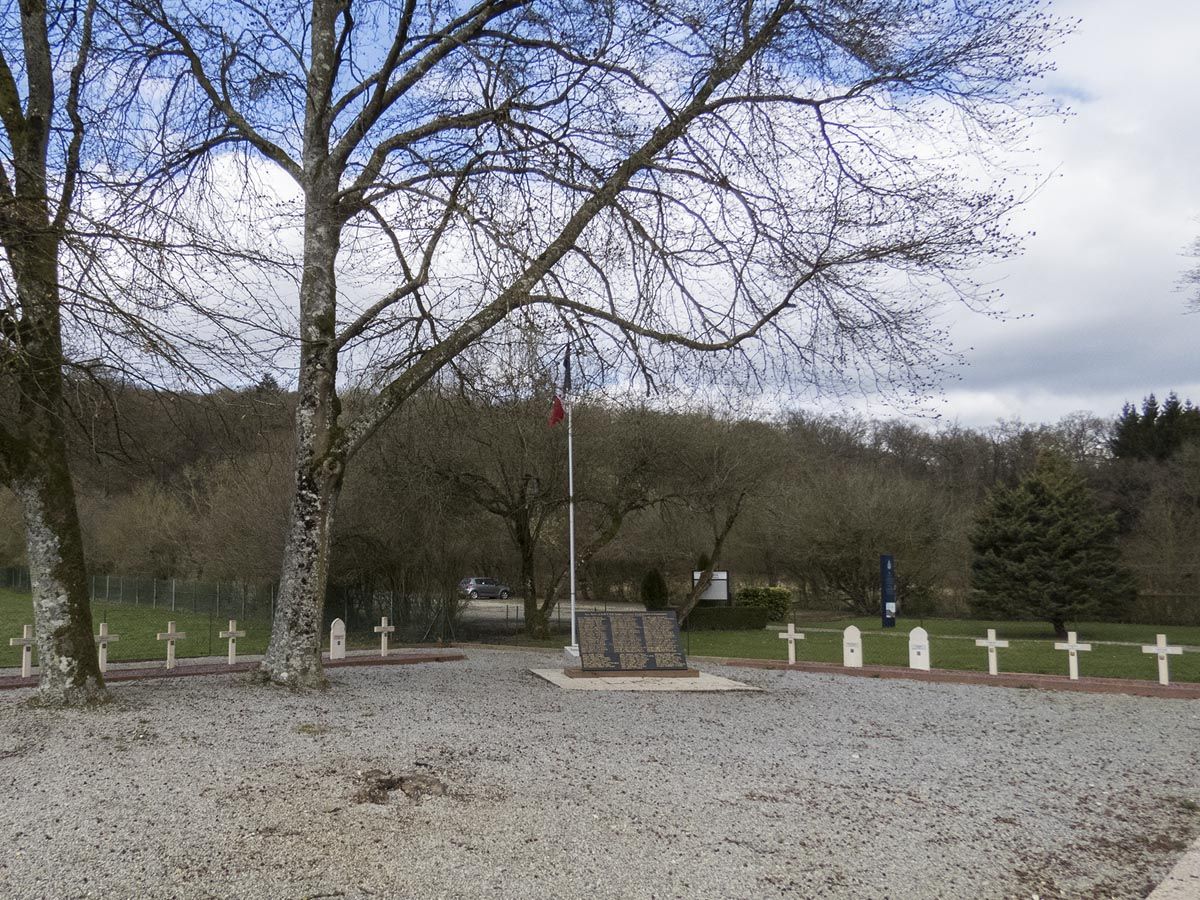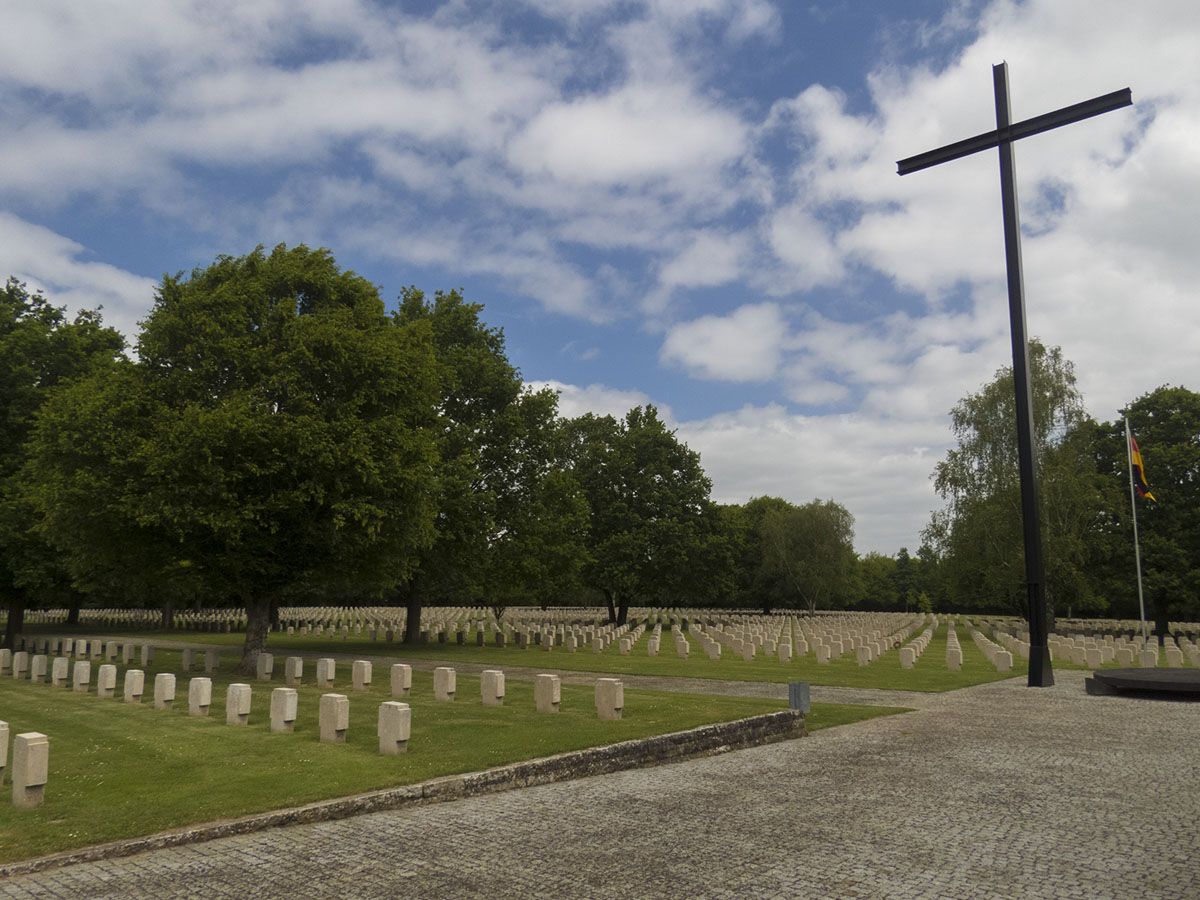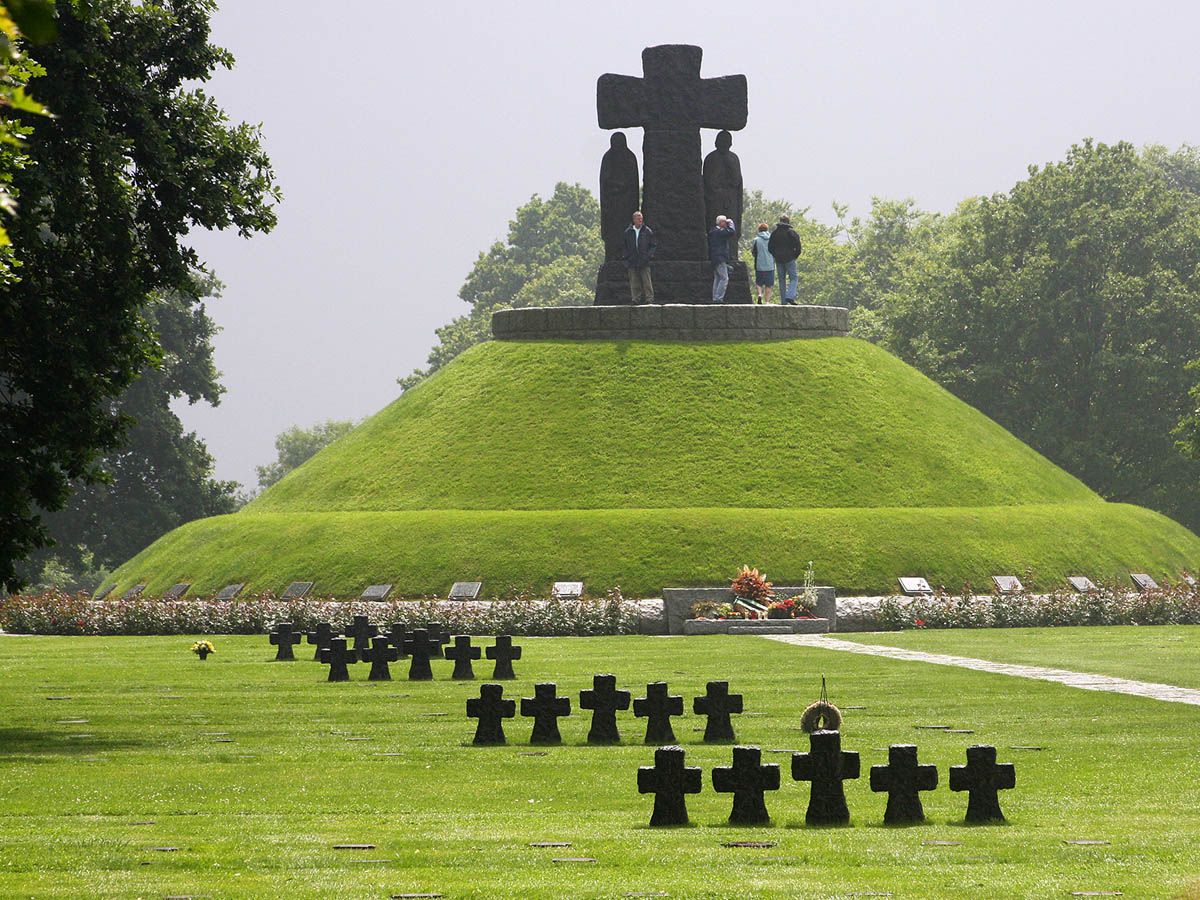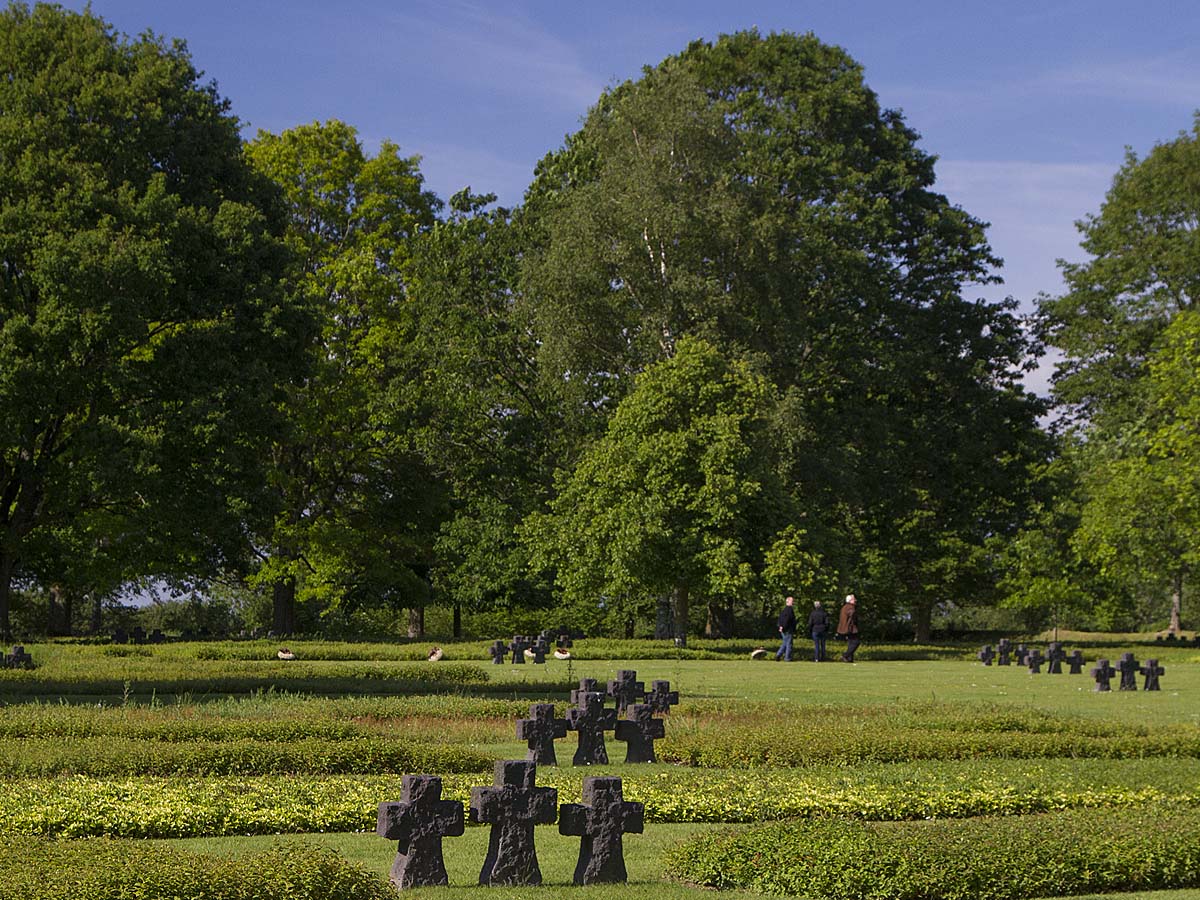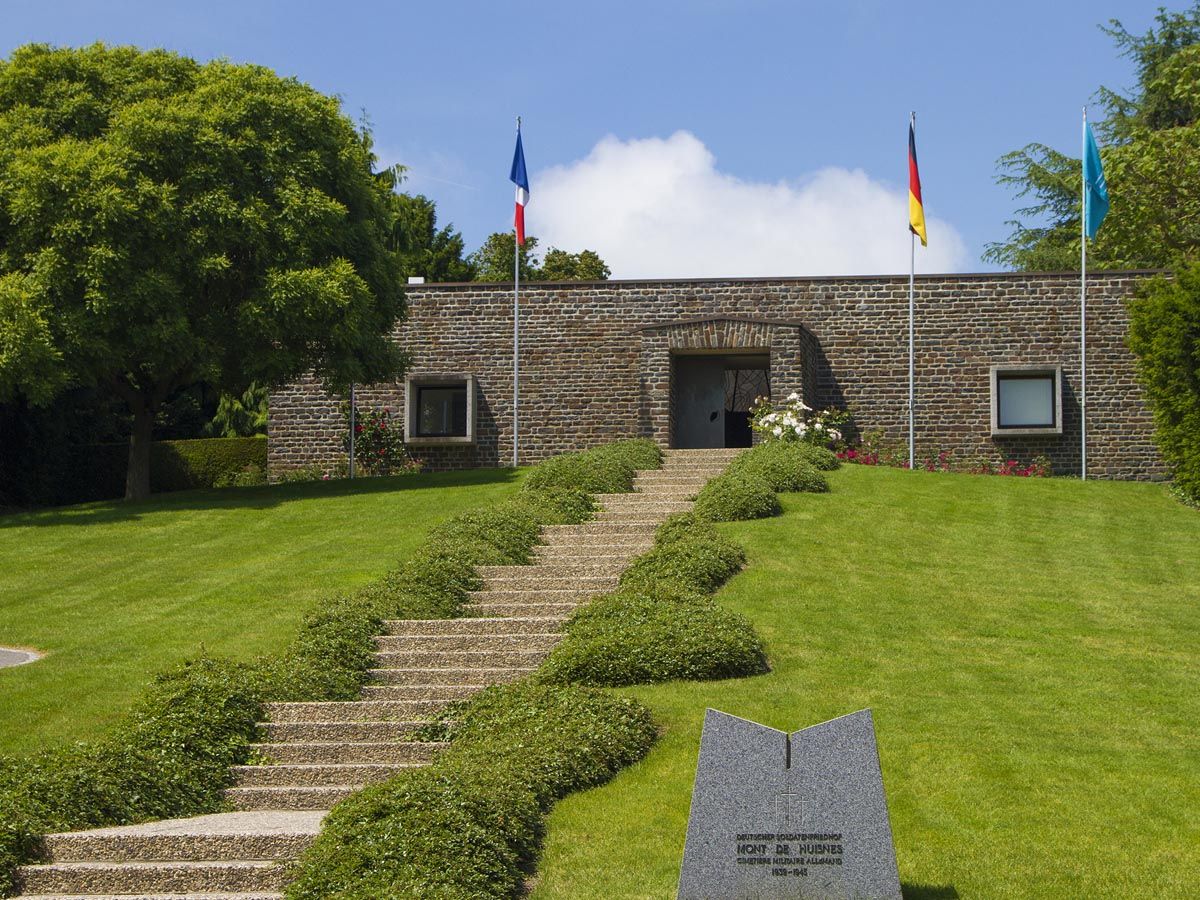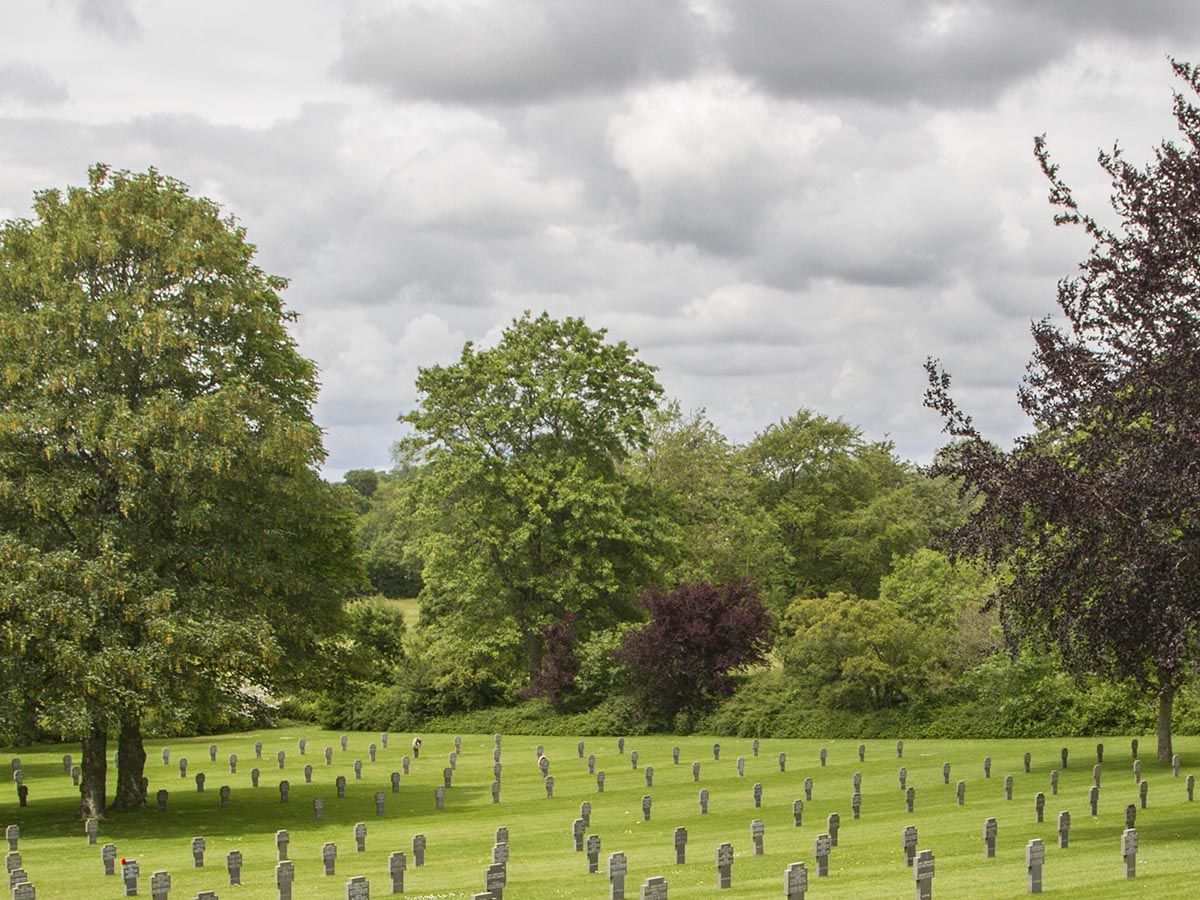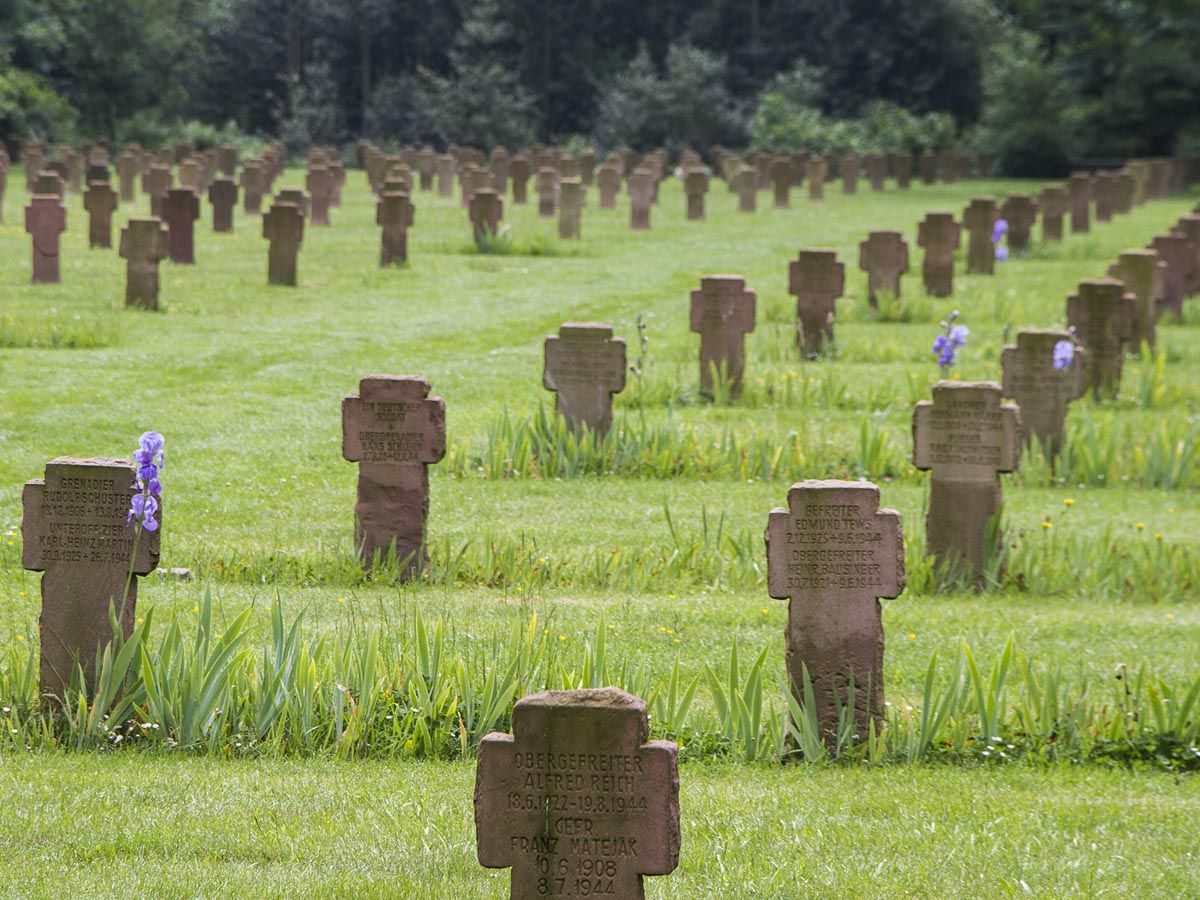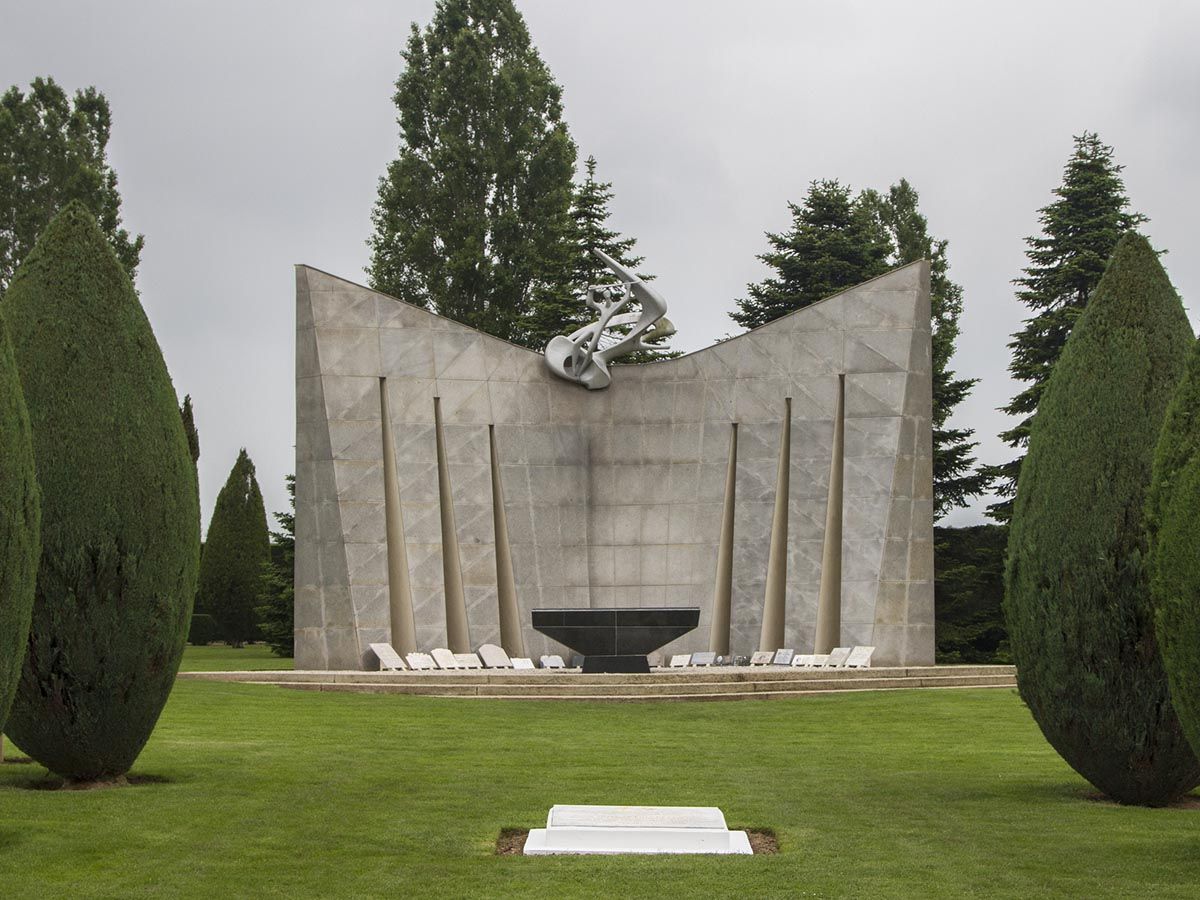Nestled in the tranquil countryside of Normandy, the Marigny German War Cemetery offers visitors a solemn space for reflection and remembrance. This well-maintained cemetery serves as the final resting place for over 11,000 German soldiers who lost their lives during World War II, particularly during the Battle of St-Lô and Operation Cobra in 1944.
The Marigny German War Cemetery allows you to silently reflect on the human cost of war through its simple markers and peaceful atmosphere. As you walk among the rows of graves, you’ll notice the stark contrast between this site and the American cemeteries nearby – a reminder that loss and grief transcend national boundaries.
When planning your Normandy battlefield tour, set aside time to visit this important historical site. The cemetery is accessible year-round and provides a powerful counterpoint to other war memorials in the region, helping you gain a more complete understanding of the conflict that shaped modern Europe.
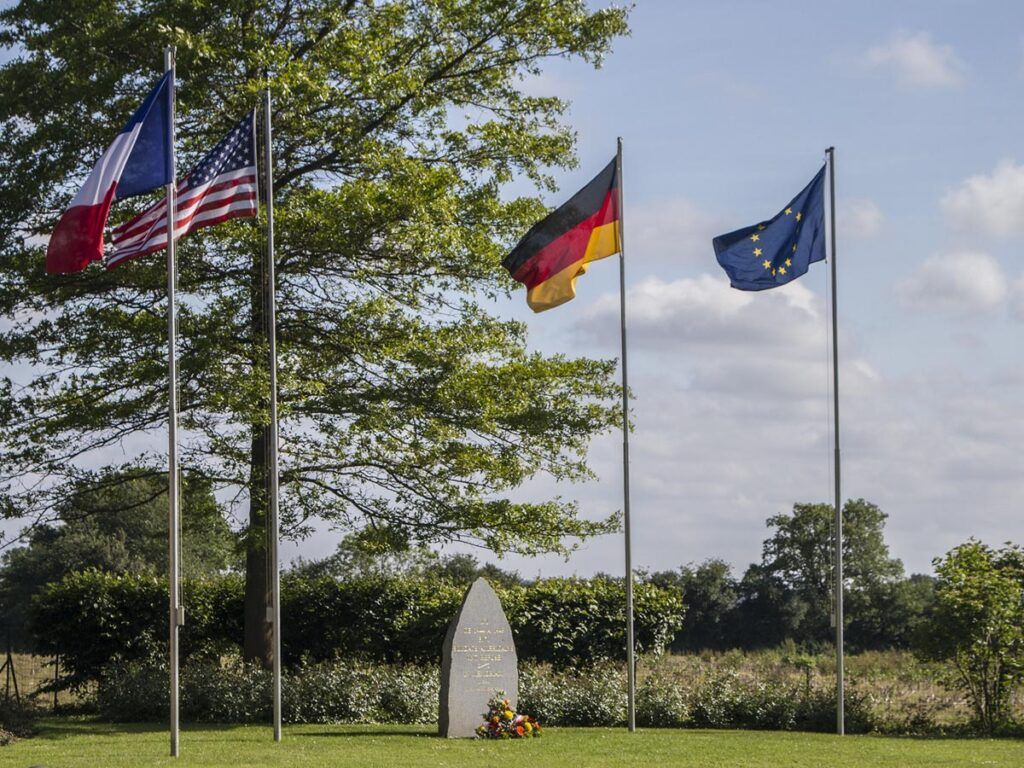
History of the Marigny German War Cemetery
The Marigny German War Cemetery holds the remains of 11,172 German soldiers who fell during World War II. Originally, this was a battlefield cemetery established by the United States Army Graves Registration Service during the war.
After the war ended, many German soldiers were moved here from field graves and smaller burial sites scattered across Normandy. This consolidation effort helped provide a proper resting place for those who lost their lives during the intense fighting.
The cemetery contains soldiers who died during the Battle of St-Lô and Operation Cobra (also known as “La Percée”). These operations saw heavy fighting as Allied forces pushed through Normandy following the D-Day landings.
When you visit, you’ll notice the diversity among the fallen. The gravestones bear not only Germanic names but also Polish, Baltic, and Slavic ones, reflecting the complex makeup of German forces during WWII.
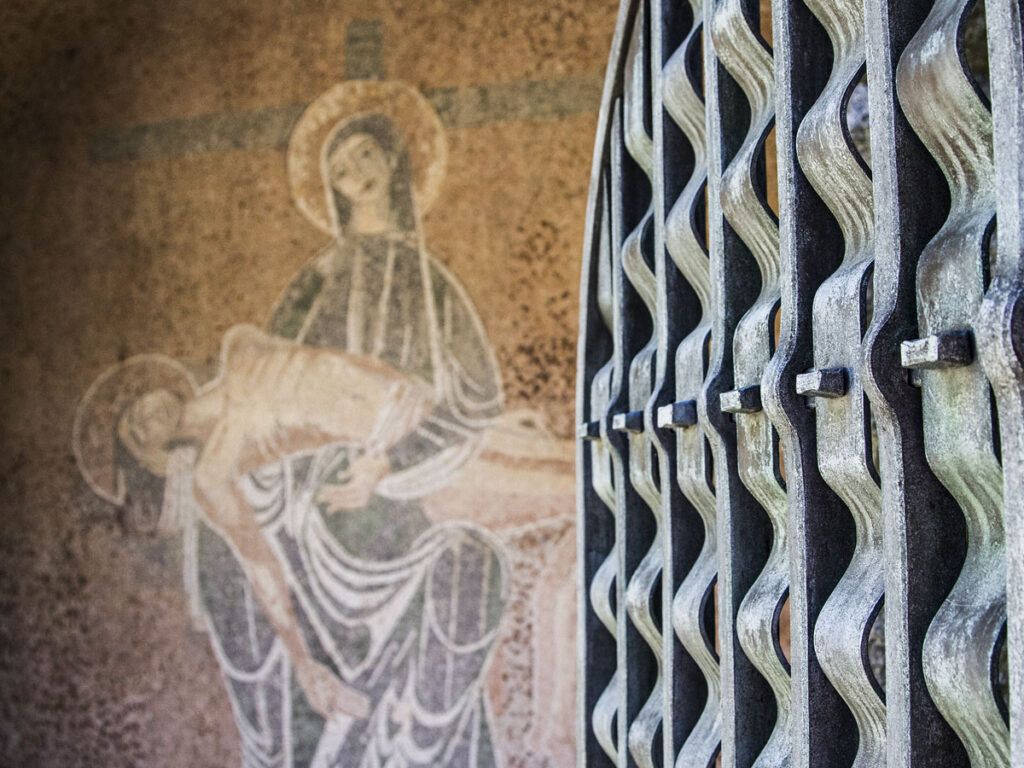
Interestingly, the French maintained this cemetery for years before responsibility shifted to German authorities. Today, the German War Graves Commission (Volksbund Deutsche Kriegsgräberfürsorge) oversees its maintenance and preservation.
Layout and Design of the Cemetery
The Marigny German War Cemetery features thoughtful landscape design that creates a solemn yet beautiful space for remembrance. The cemetery’s elegant layout, begun in 1958 by the Volksbund (German War Graves Commission), combines dignified grave arrangements with carefully planned greenery.
The Garden of the Missing
When you enter the cemetery, you’ll notice a dedicated area known as the Garden of the Missing. This peaceful section commemorates German soldiers whose remains were never recovered or identified. Simple stone markers stand in neat rows, representing those lost during the fierce fighting of Operation Cobra and the Battle of St-Lô.
The garden features contemplative pathways lined with native trees that provide shade and a sense of calm. You’ll find that the landscaping here is particularly thoughtful, with seasonal plantings that add color throughout the year.
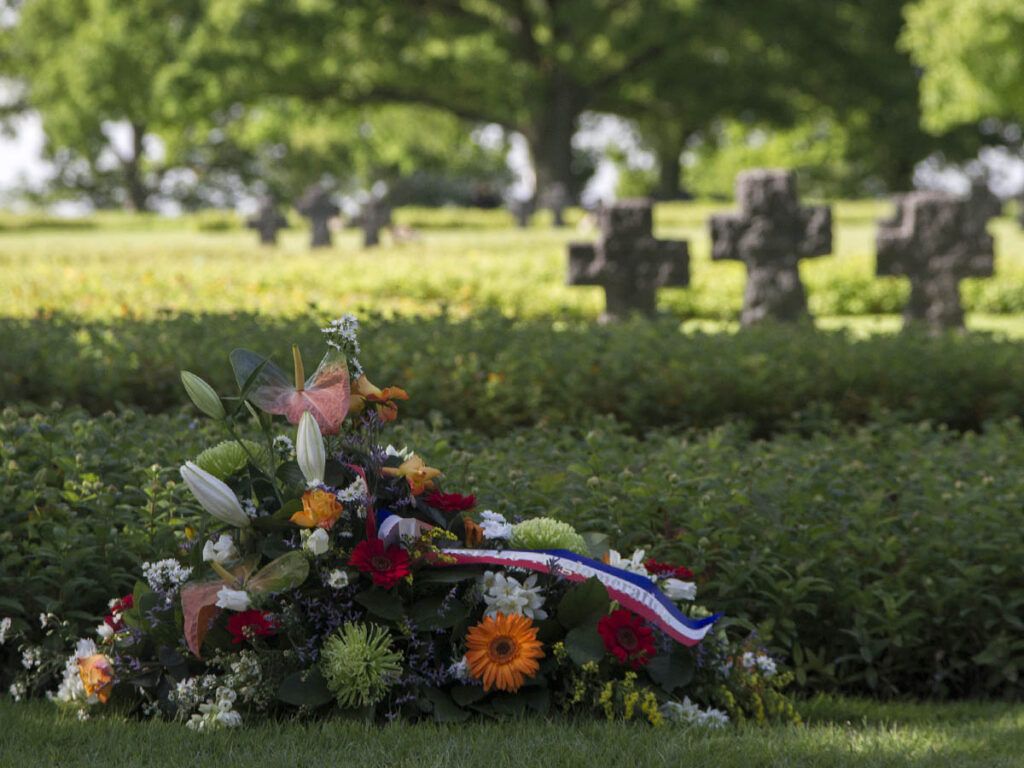
Many visitors find this space especially moving, as it serves as a powerful reminder of the human cost of war beyond the numbered graves.
Monuments and Memorials
Near the entrance stands a distinctive memorial stone, which serves as the cemetery’s primary monument. This marker provides context about the site and honors the 11,172 German soldiers buried here.
The centerpiece of the cemetery is an impressive 40-foot cross that rises above the grounds. You’ll find it creates a striking silhouette against the Normandy sky. This monument serves as a focal point for reflection and remembrance.
Throughout the grounds, you’ll encounter thoughtfully placed smaller memorials. These elements work together with the simple grave markers to create what many visitors describe as one of the most dignified German military cemeteries in France.
The arrangement of these monuments within the larger landscape design helps create a space that balances historical significance with peaceful contemplation.
Commemorative Practices
The Marigny German War Cemetery is not just a burial ground but a place where solemn ceremonies honor the fallen and ongoing maintenance preserves their memory. Both official organizations and visitors participate in various commemorative activities throughout the year.
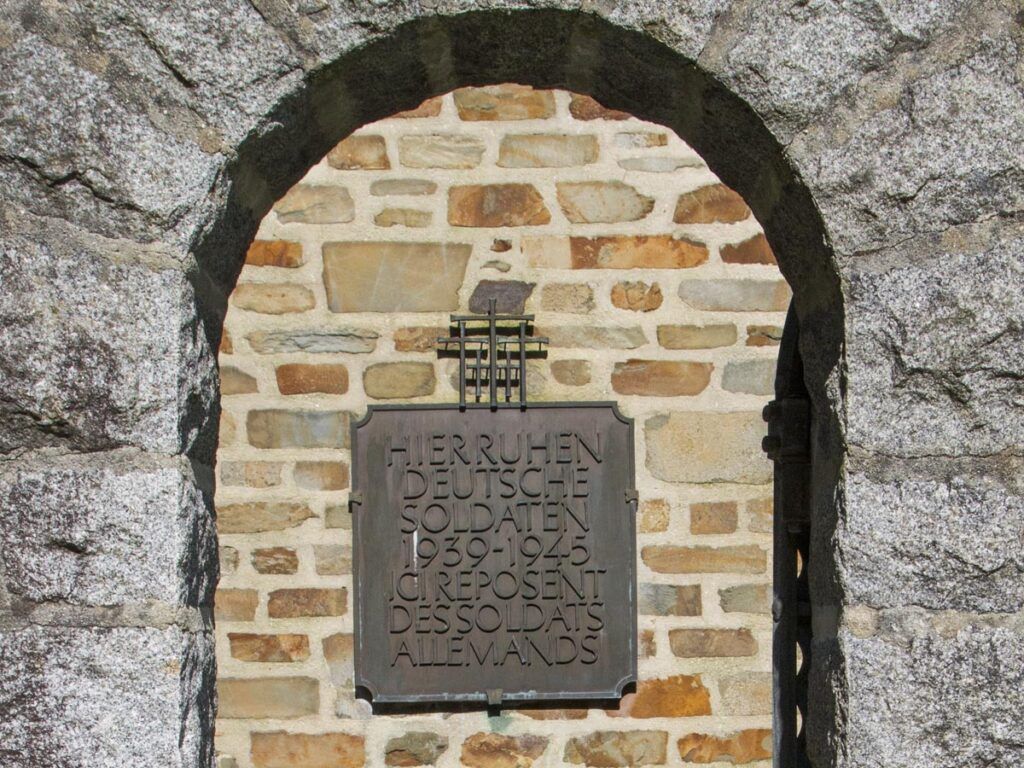
Ceremonies and Traditions
The Volksbund Deutsche Kriegsgräberfürsorge (German War Graves Commission) organizes several commemorative events at Marigny Cemetery each year. You’ll find the most significant ceremony happens on the German Day of Mourning in November, when representatives place wreaths at the central memorial.
During summer months, youth groups from Germany often visit as part of peace education programs. These young people help with maintenance while learning about the consequences of war.
If you visit on certain memorial days, you might witness an Honor Guard ceremony. These solemn events include military representatives paying respects to the fallen soldiers.
Visitors commonly place small stones or occasionally flowers at individual graves. Unlike some cemeteries, Marigny’s commemorative practices tend to be quiet and reflective rather than elaborate.
Maintenance and Upkeep
The Volksbund maintains Marigny Cemetery with remarkable care. You’ll notice the meticulously trimmed grass and well-tended grave markers that create a dignified atmosphere throughout the grounds.
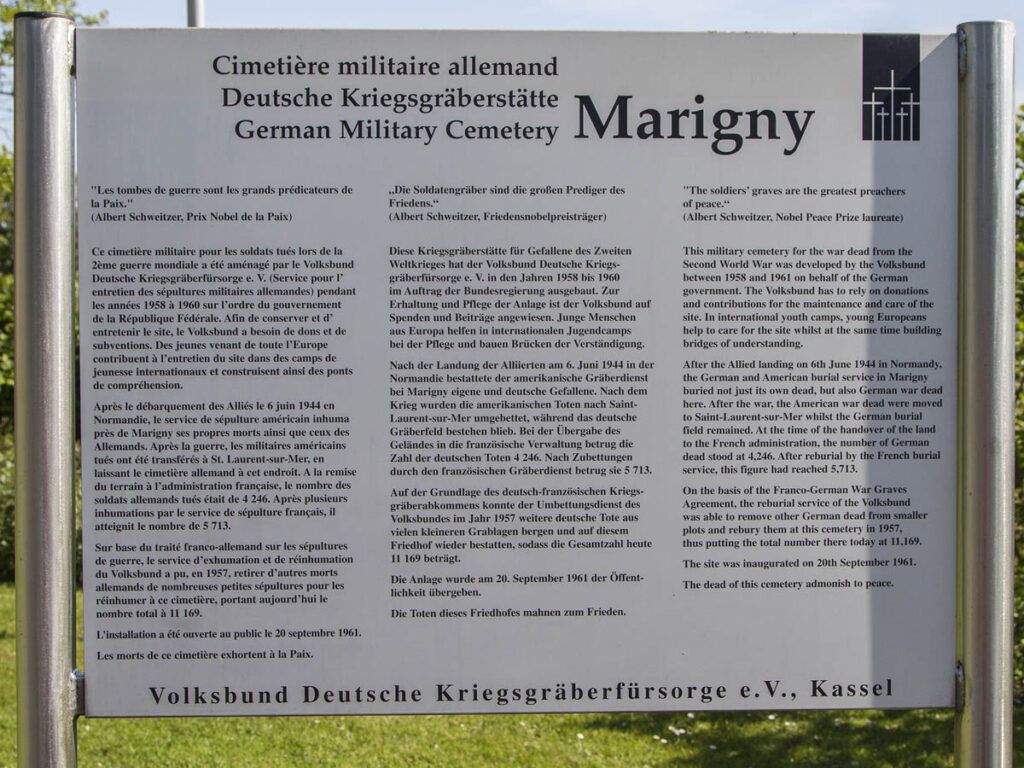
Regular maintenance crews visit weekly to ensure the cemetery remains in pristine condition. The simple stone markers require special cleaning techniques to prevent weathering damage in Normandy’s variable climate.
Every few years, the Volksbund undertakes larger restoration projects. These efforts help preserve the cemetery’s solemn character for future generations.
You can contribute to upkeep efforts through donation boxes near the entrance. The Volksbund also welcomes international volunteers who assist with maintenance projects during summer work camps.
Local French communities participate in maintenance as a gesture of reconciliation, showing how former enemies now work together to honor the dead.
Profiles of the Fallen
Behind each grave marker at Marigny German Cemetery lies a personal story of sacrifice. These were young men with hopes, dreams, and families waiting for their return.
Individual Stories of German Soldiers
Walking among the 11,172 graves at Marigny, you’ll find soldiers from diverse backgrounds who fought during the Battle of St-Lô and Operation Cobra. Many were just teenagers or in their early twenties when they lost their lives in Normandy.
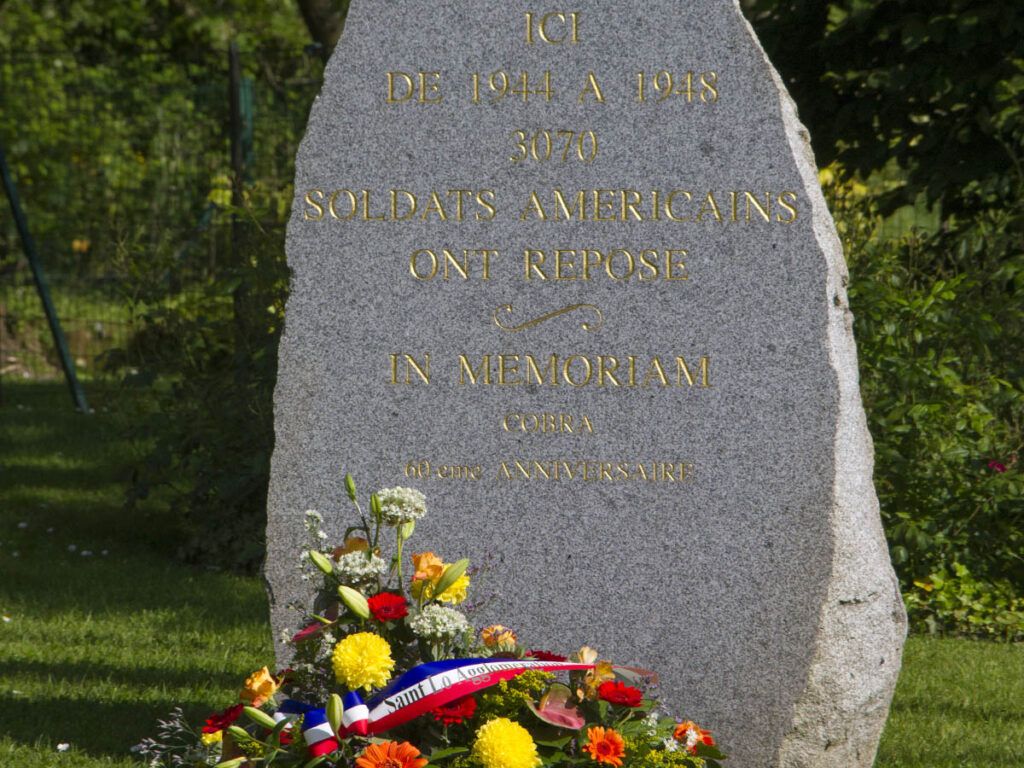
One notable grave belongs to Kurt Müller, a 19-year-old from Bavaria who wrote poignant letters home about his experiences. His final letter, dated just days before his death, expressed hope for peace.
Another story is that of Hans Weber, a 24-year-old medic who saved many fellow soldiers before losing his life helping the wounded during intense fighting west of Saint-Lô.
The cemetery also holds the remains of brothers Ernst and Friedrich Schmidt, who died just one day apart during the Allied breakthrough in July 1944.
As you walk the rows, remember each marker represents not just a soldier, but someone’s son, brother, or father.
Visitor Information
The Marigny German War Cemetery offers a peaceful place for reflection and remembrance. Planning your visit carefully will help you get the most from this important historical site.
Opening Hours and Admission
The cemetery is open daily to visitors throughout the year. From April to September, visiting hours typically run from 8:00 AM to 7:00 PM. During the winter months (October to March), hours are shorter, generally 8:00 AM to 5:00 PM.
Admission to the cemetery is free of charge. This accessibility reflects the site’s purpose as a place of remembrance rather than a commercial attraction.
Photography is permitted for personal use. The rows of simple markers create striking panoramic images that capture the scale of losses during the Normandy campaign.
Remember to maintain a respectful demeanor during your visit. This is an active memorial site where families still come to honor their loved ones.
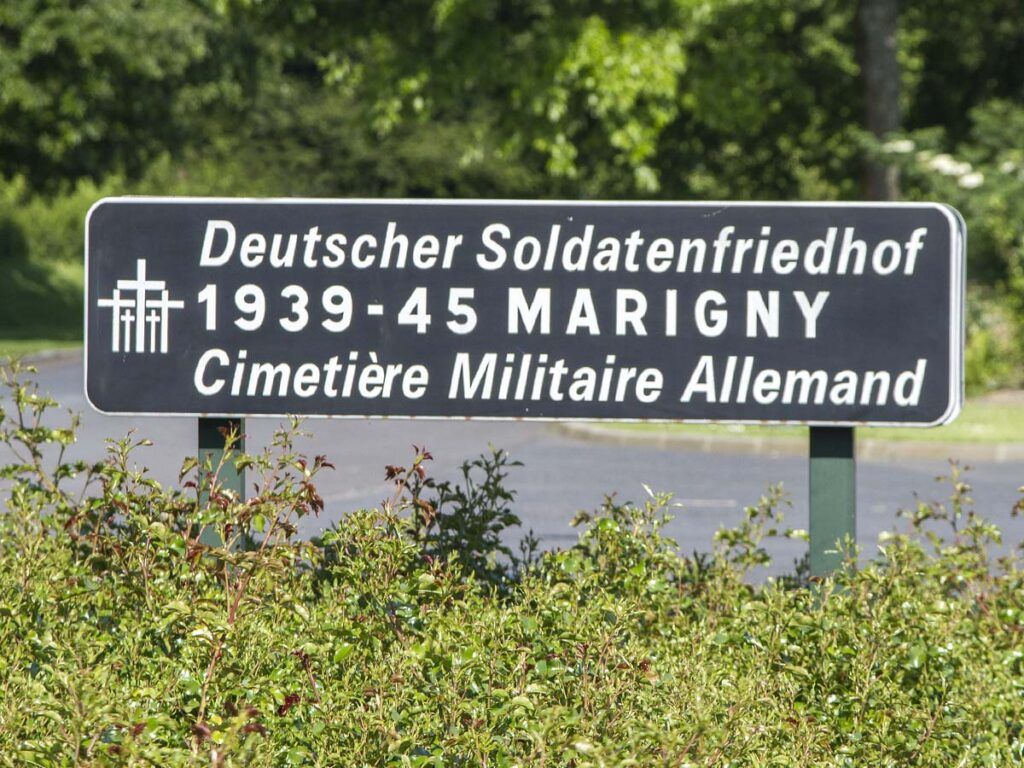
Getting There
You’ll find the Marigny German War Cemetery near the village of Marigny (now part of Thereval) in Manche, Normandy. The cemetery is approximately 16 kilometers southwest of Saint-Lô.
By car: This is the most convenient option. From Saint-Lô, follow the D972 southwest toward Coutances, then take the junction toward Marigny. Look for cemetery signs as you approach the village.
By public transport: Limited bus services run from Saint-Lô to Marigny. However, the cemetery is about 1.5 kilometers from the village center, so you’ll need to walk the final portion.
Parking is available directly at the cemetery entrance with spaces for both cars and tour buses.
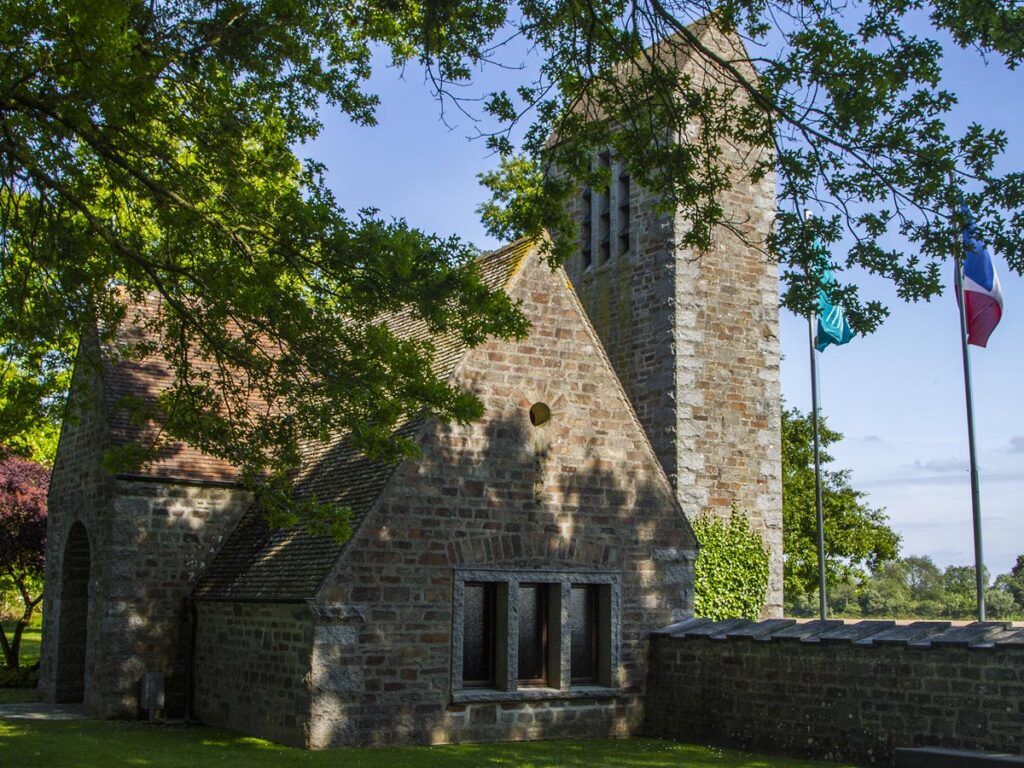
Guided Tours and Educational Programs
While no permanent guide staff is stationed at the cemetery, several options exist for educational visits:
- Local historians offer pre-arranged tours focusing on the Battle of Saint-Lô and Operation Cobra
- Normandy battlefield tour companies often include Marigny Cemetery in their itineraries
- Self-guided materials are available at the entrance, providing context about the cemetery’s creation
For school groups, educational packets can be requested in advance. These materials include videos and historical photographs documenting the cemetery’s establishment after the war.
Recommended D-Day Tours from Paris:
- From Paris: Normandy D-Day Beaches Day Trip
- From Paris: 2-Day Normandy & Brittany Tour
- Normandy American D-Day Experience (From Bayeux Station)
Recommended D-Day Tours from Bayeux:
- From Bayeux: American D-Day Sites in Normandy Full-Day Tour
- From Bayeux: American D-Day Sites in Normandy Half-Day Tour
- From Bayeux: Half-Day Normandy WWII Sidecar Tour
- Full-Day US Battlefields of Normandy Tour from Bayeux
Recommended Private D-Day Tours:
- From Paris: Normandy D-Day Landing Beaches Full-Day Tour
- From Rouen: Normandy D-Day Beaches Private Full-Day Tour
- Private Tour: Rouen, Bayeux, and Falaise Day Trip from Bayeux
- Normandy WWII Private Half-day Sidecar Tour From Bayeux
Recommended Band of Brothers Tours:
Tour bookings should be made at least two weeks in advance, especially during the busy summer season when demand is highest.
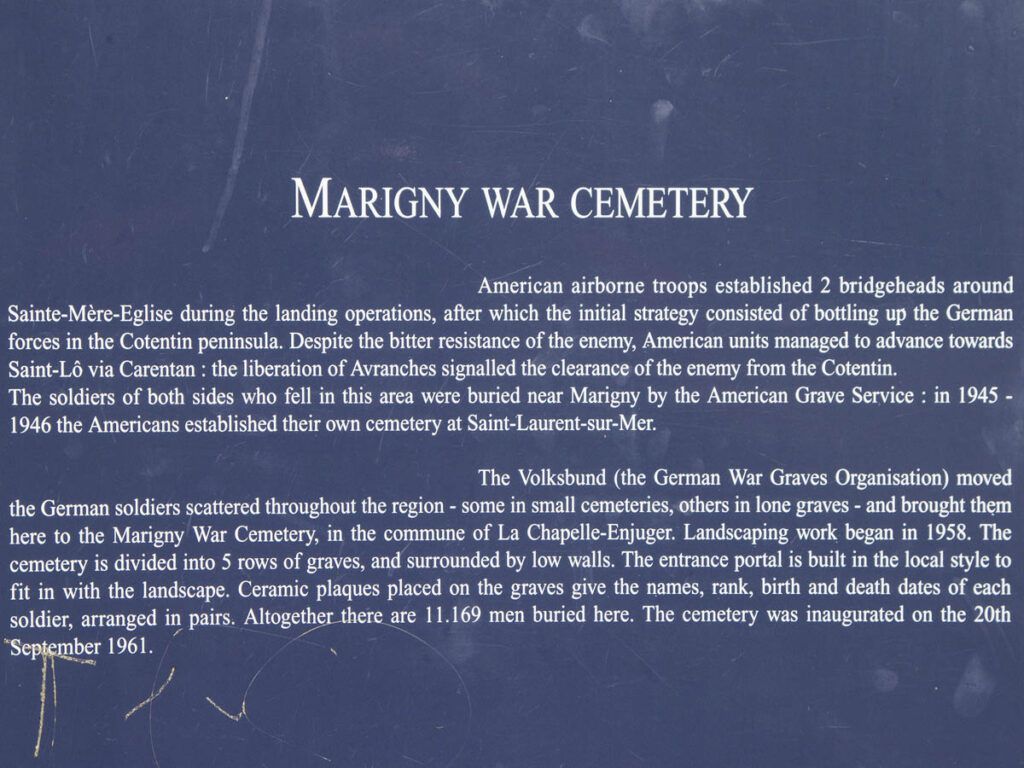
Nearby Accommodations
While there are no accommodations directly adjacent to the cemetery, you’ll find several options in surrounding areas:
In Marigny (Thereval):
- Small family-run bed and breakfasts
- Vacation rentals in restored farmhouses
In Saint-Lô (16km away):
- Hotel Le Saint-Lô – mid-range hotel with restaurant
- Hôtel Mercure – comfortable chain option with modern amenities
- Several budget hotels and guesthouses
Recommended Bayeux Hotels:
For longer stays, consider renting a gîte (vacation home) in the surrounding countryside. These often provide good value and a more authentic Norman experience.
Most accommodations fill quickly during D-Day anniversary events in June, so book well in advance if visiting during this period.
Why It’s Worth Visiting
Visiting the Marigny German War Cemetery offers a powerful and thought-provoking experience that complements your Normandy journey. With 11,172 graves, it provides a sobering counterpoint to the Allied cemeteries in the region.
The cemetery stands as one of the best of its kind, designed thoughtfully to encourage quiet reflection. The simple markers create a stark visual reminder of the human cost of war on all sides.
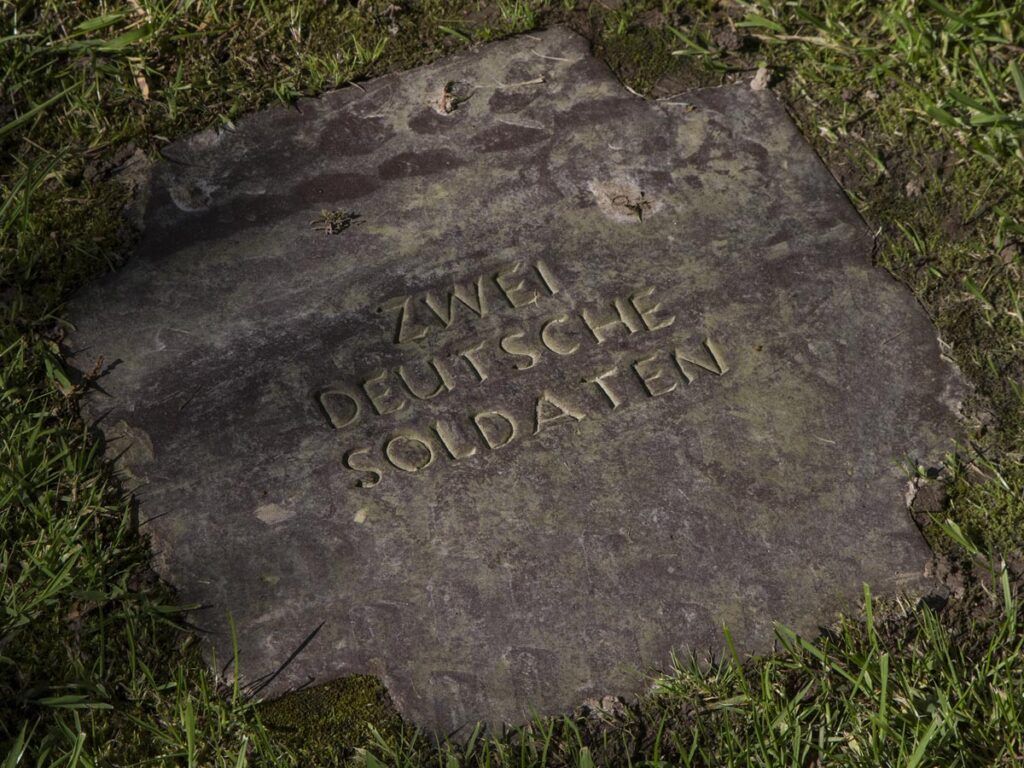
Many of the soldiers buried here belonged to the elite Panzer-Lehr Division, which suffered heavy casualties during the Normandy campaign. This adds historical significance to your visit.
The setting itself is contemplative, with its dark crosses and abundant trees creating an atmosphere conducive to reflection and remembrance.
Including both Allied and German cemeteries in your itinerary provides a more complete understanding of the war’s impact. This balanced perspective enhances your appreciation of this pivotal historical period.
The cemetery is well-maintained and designed to give visitors space for silent contemplation. You’ll find it less crowded than some of the more famous sites, allowing for a more personal experience.
For history enthusiasts, military history buffs, or anyone seeking a deeper understanding of WWII, this site offers valuable insights that many travelers miss.

